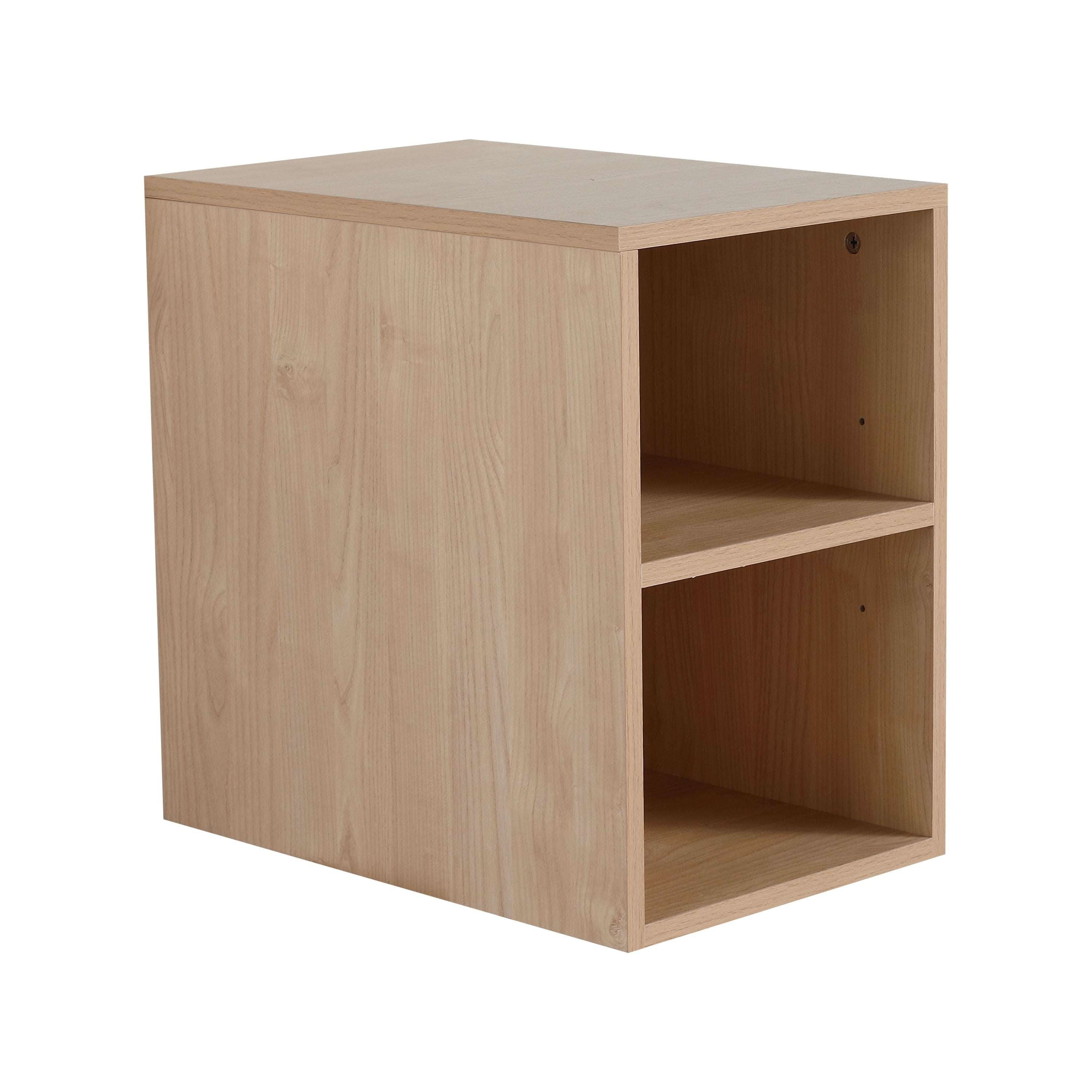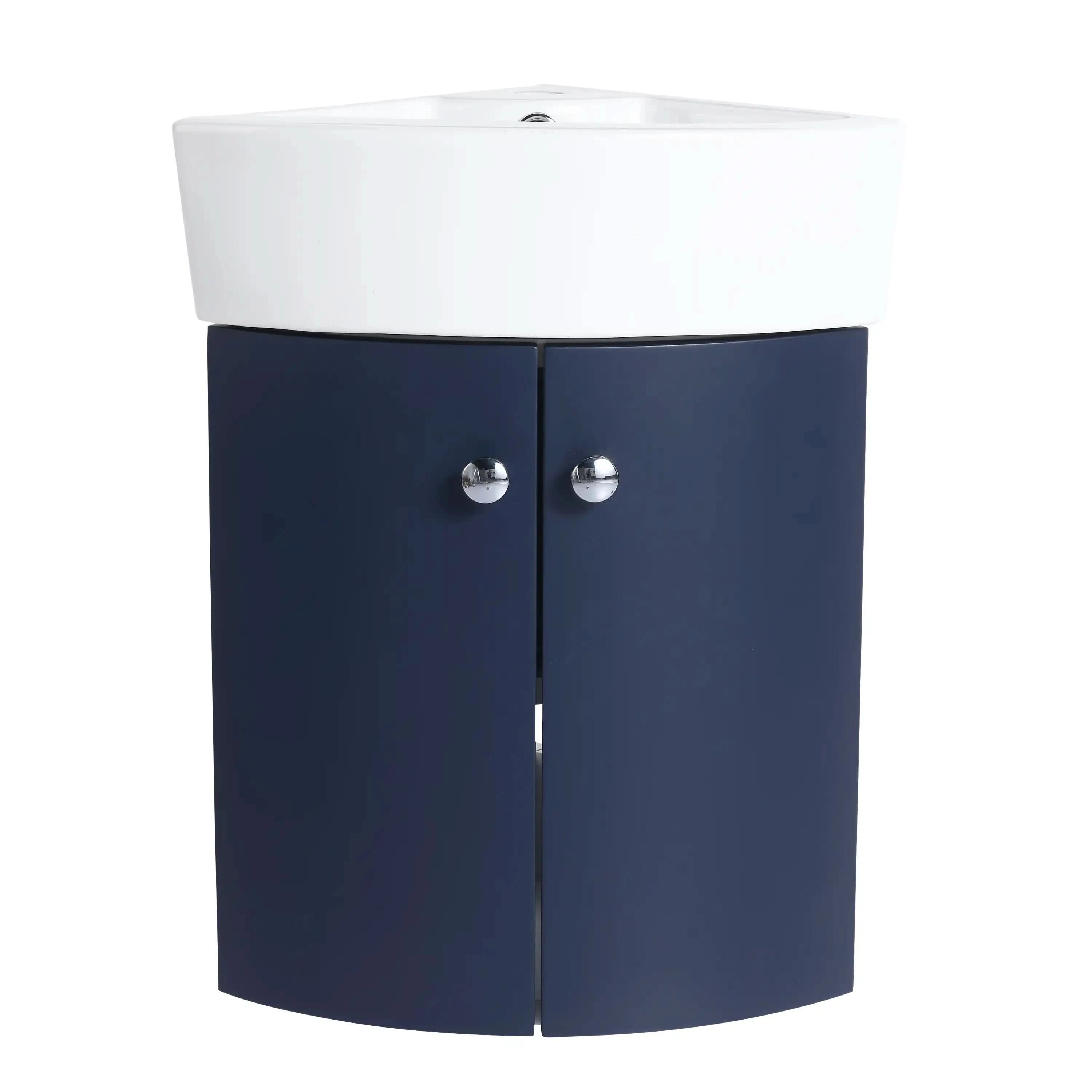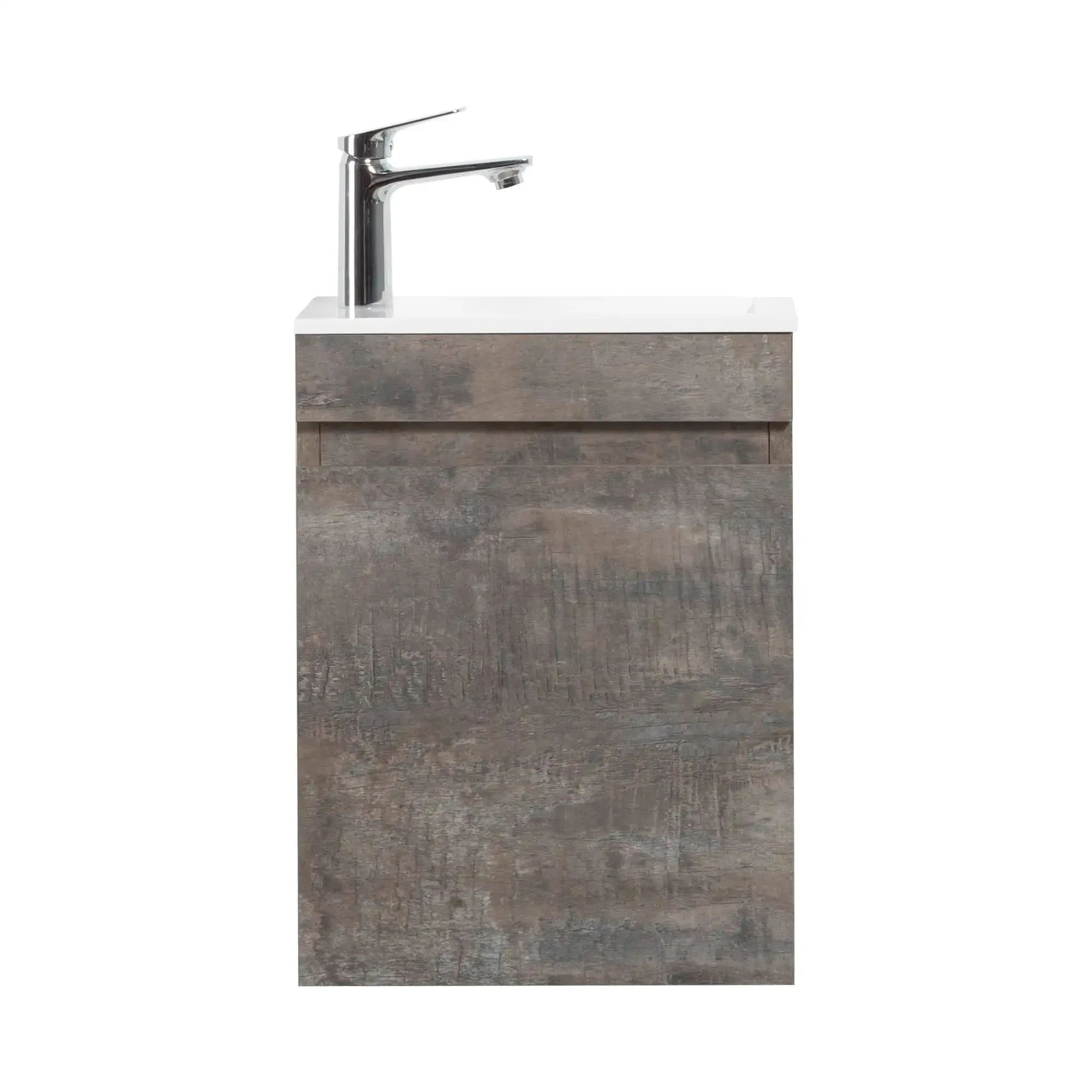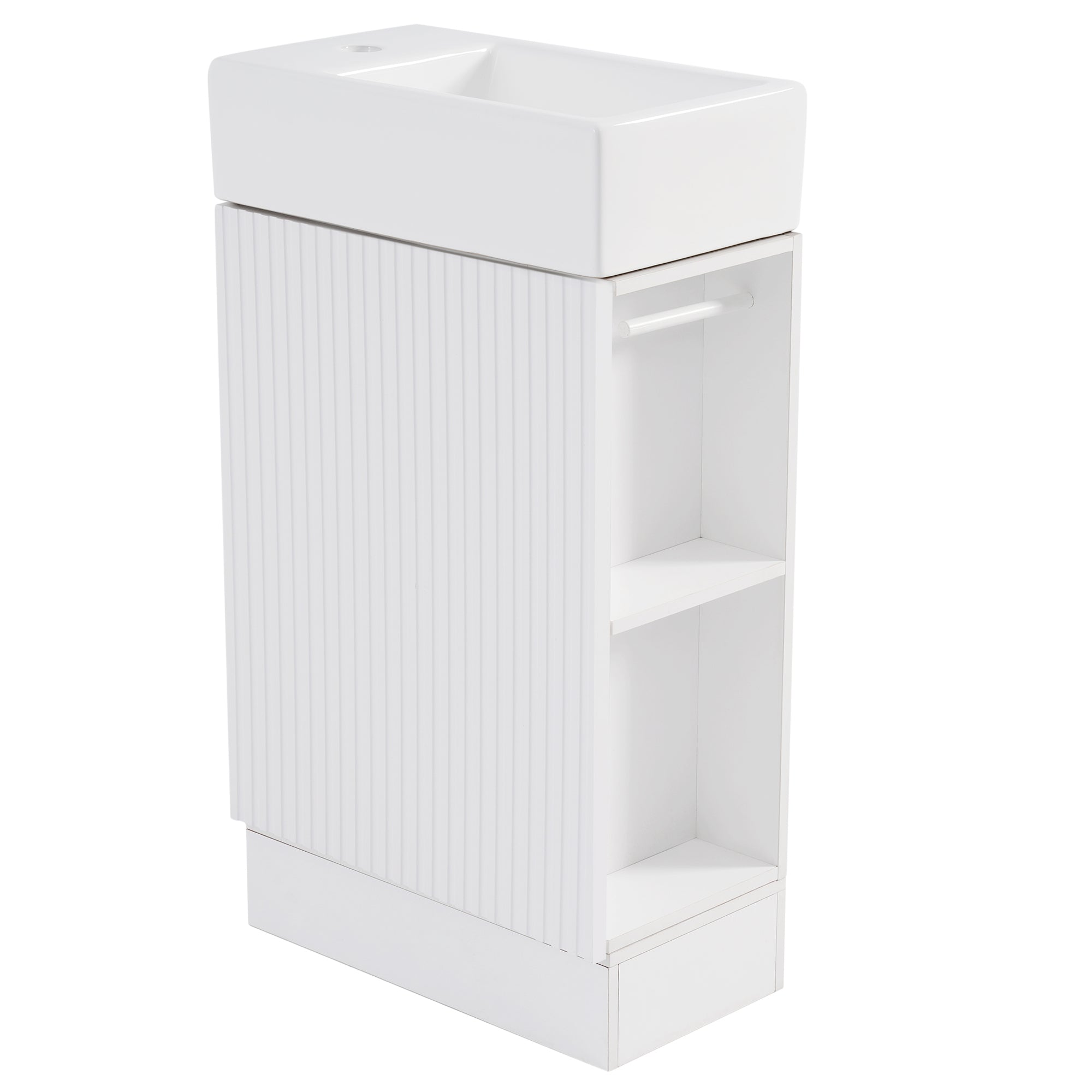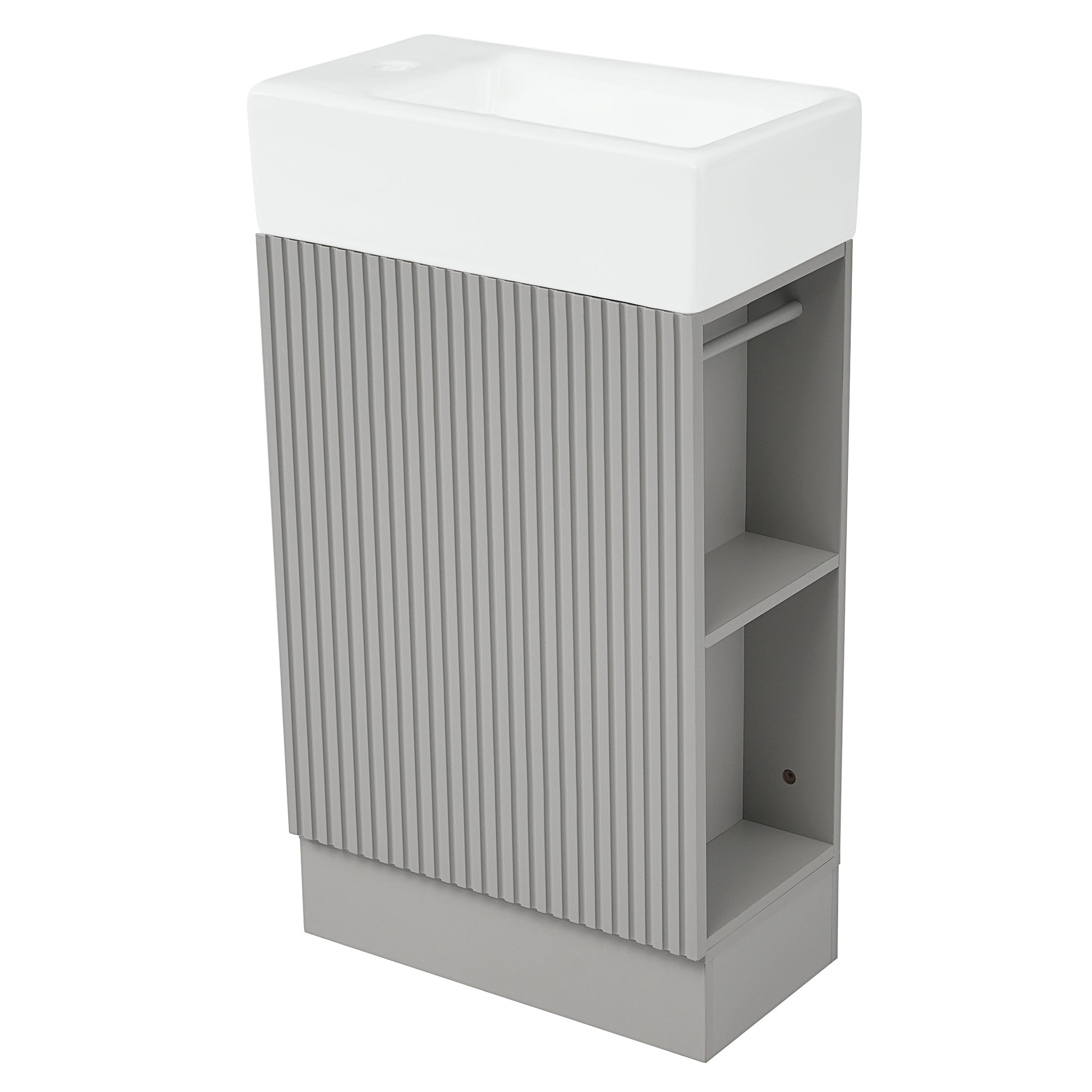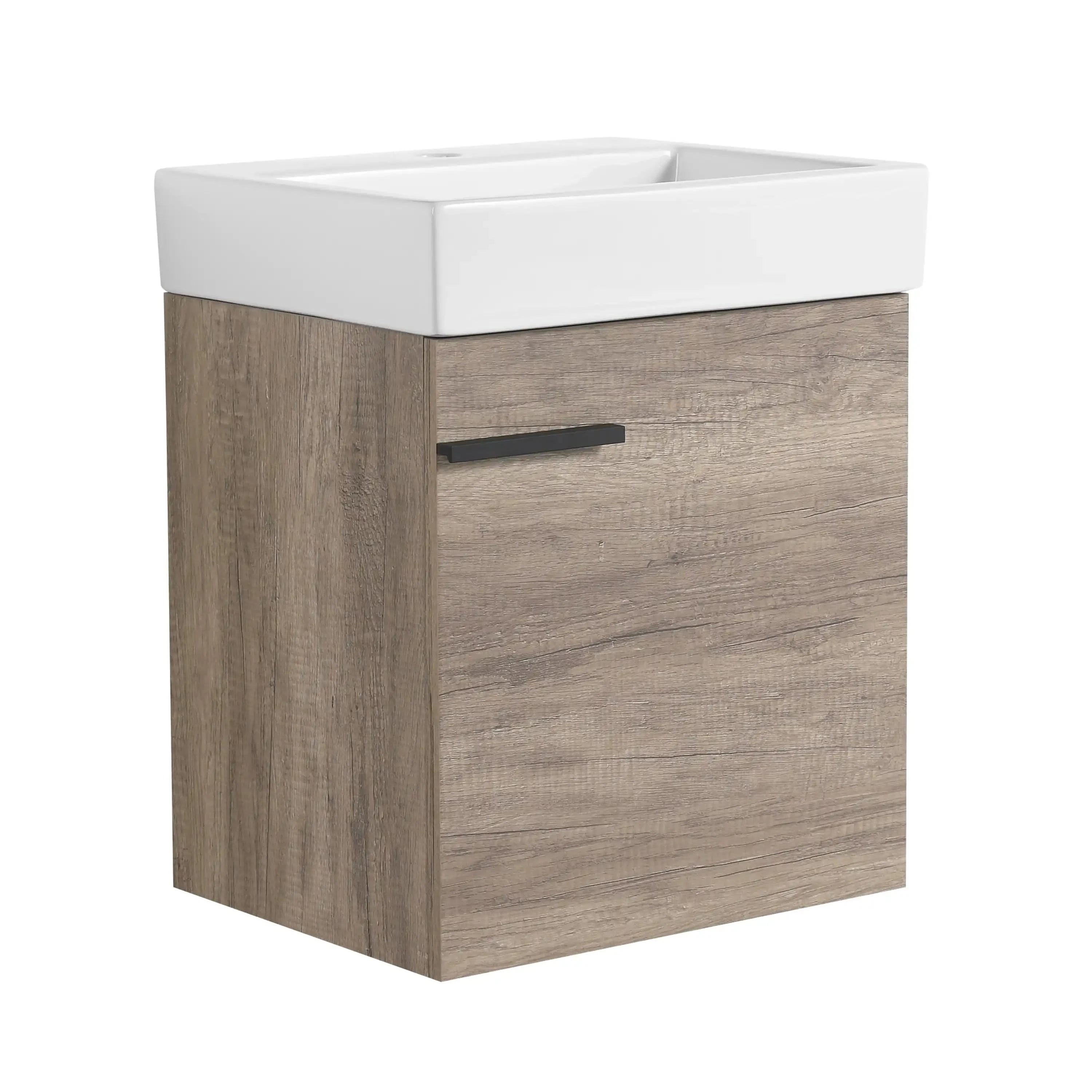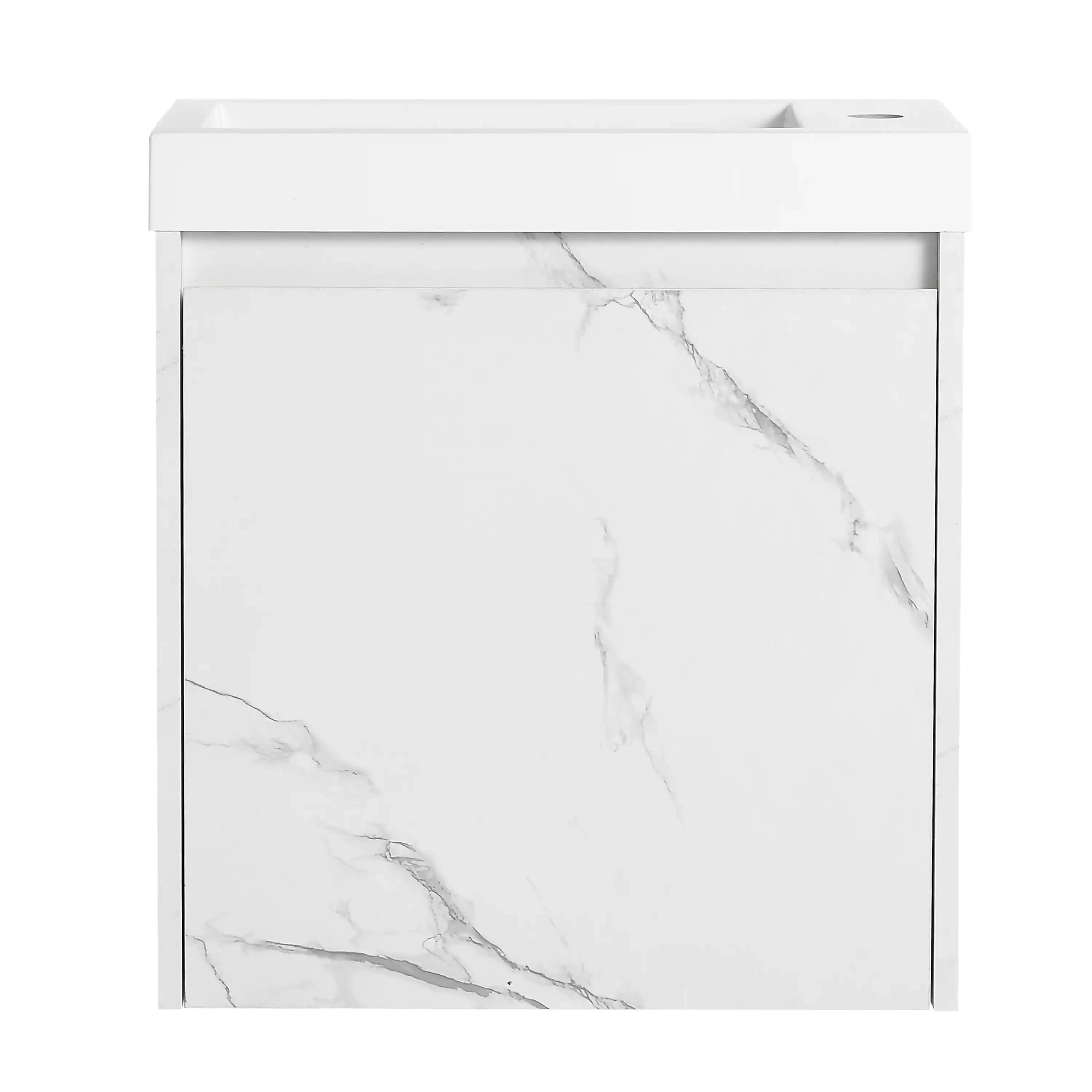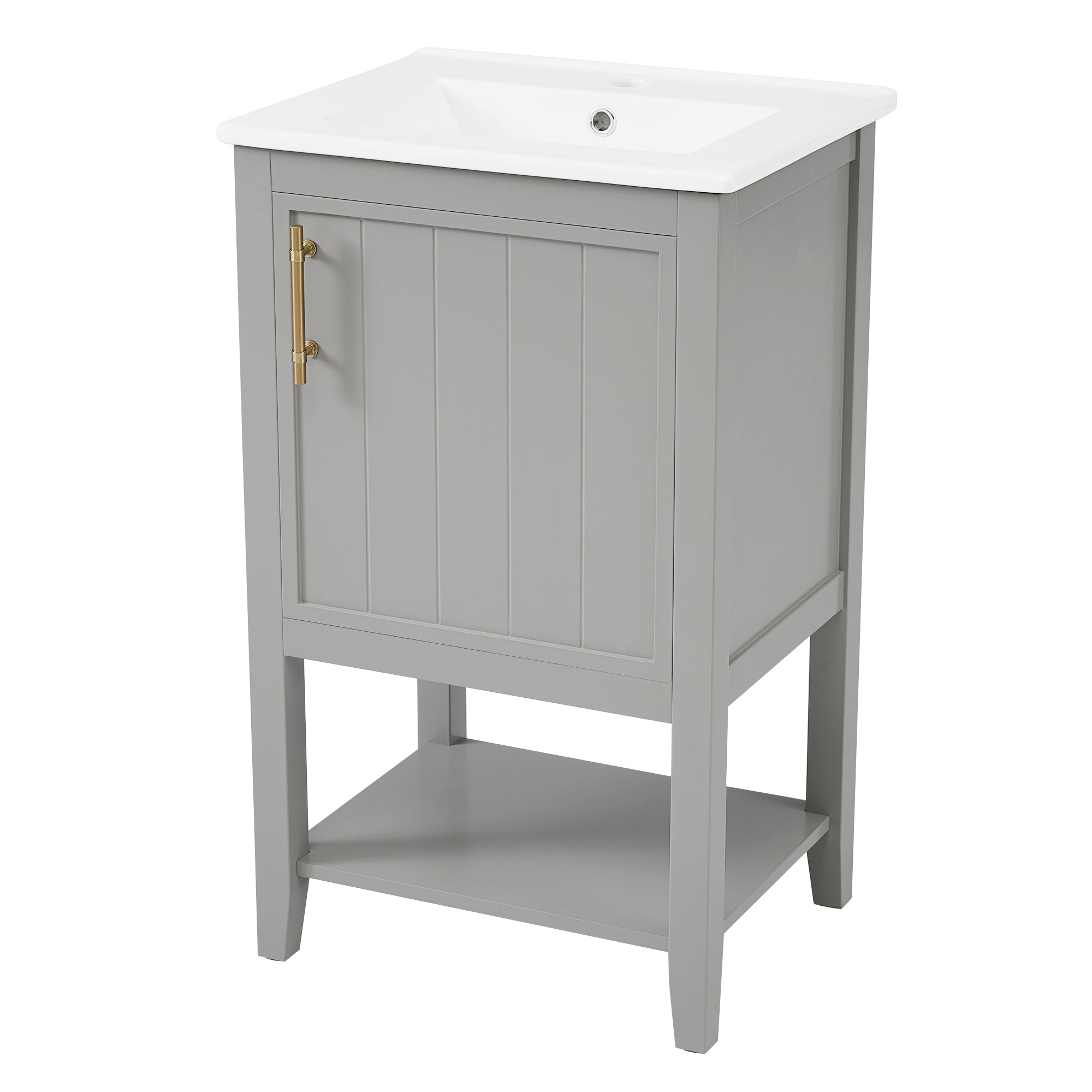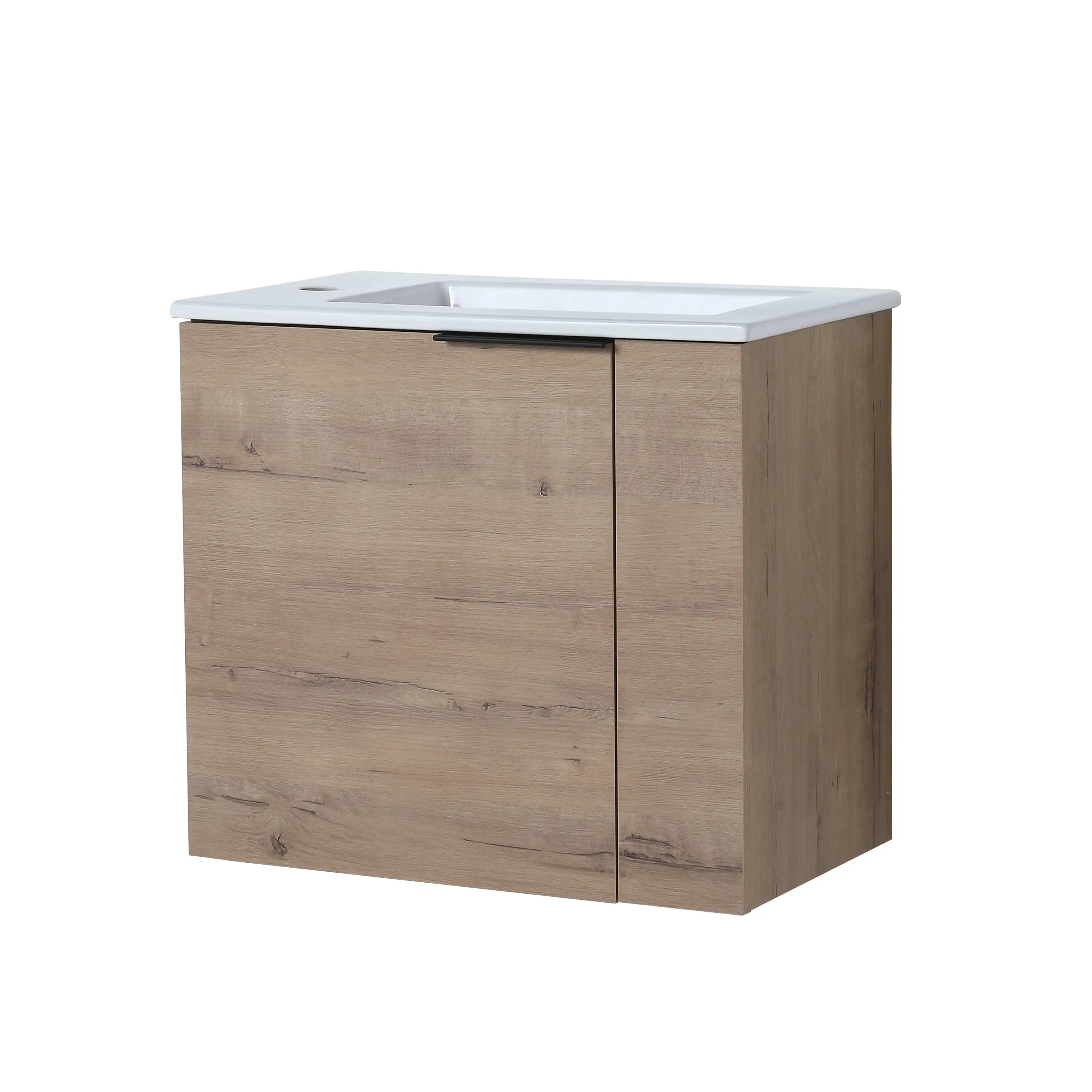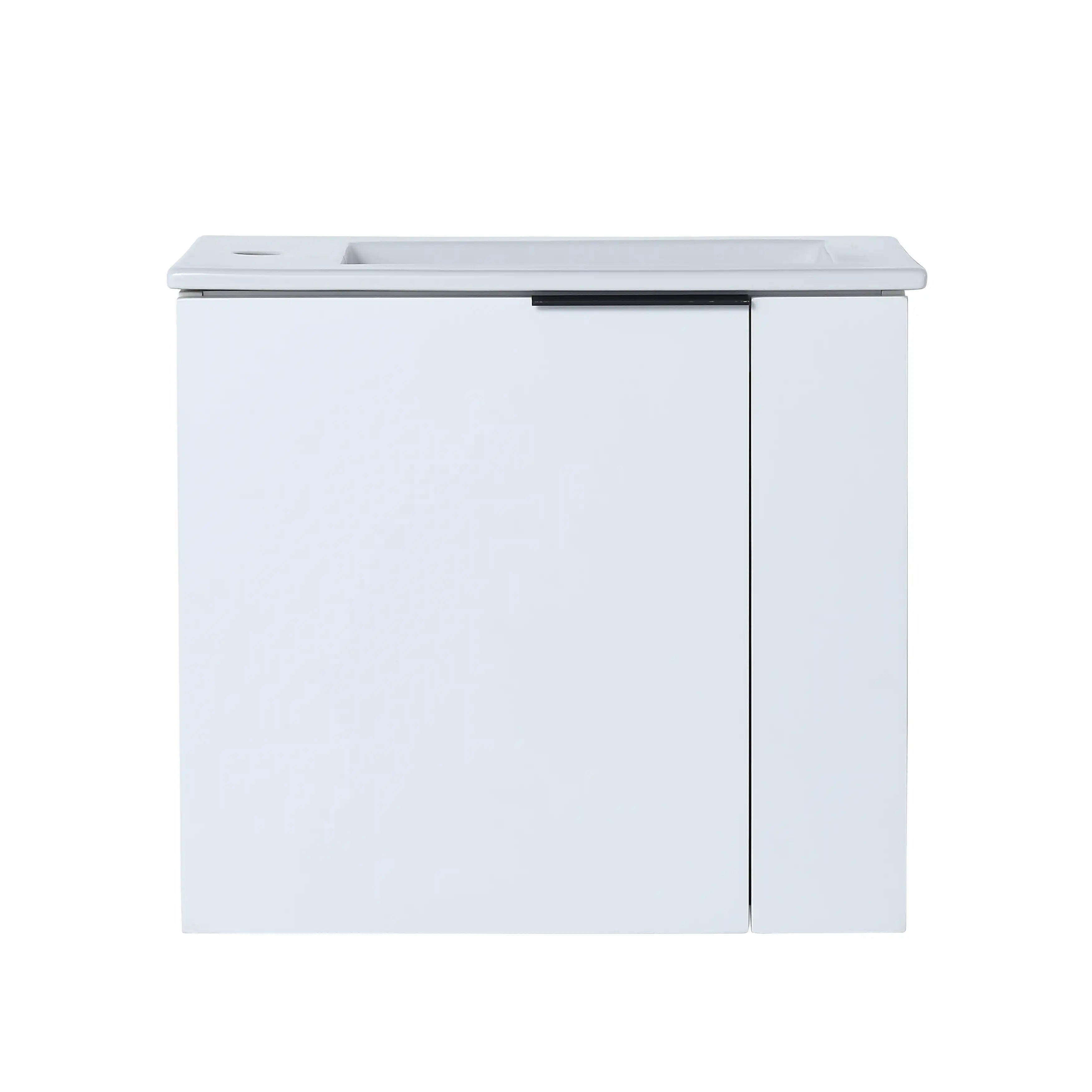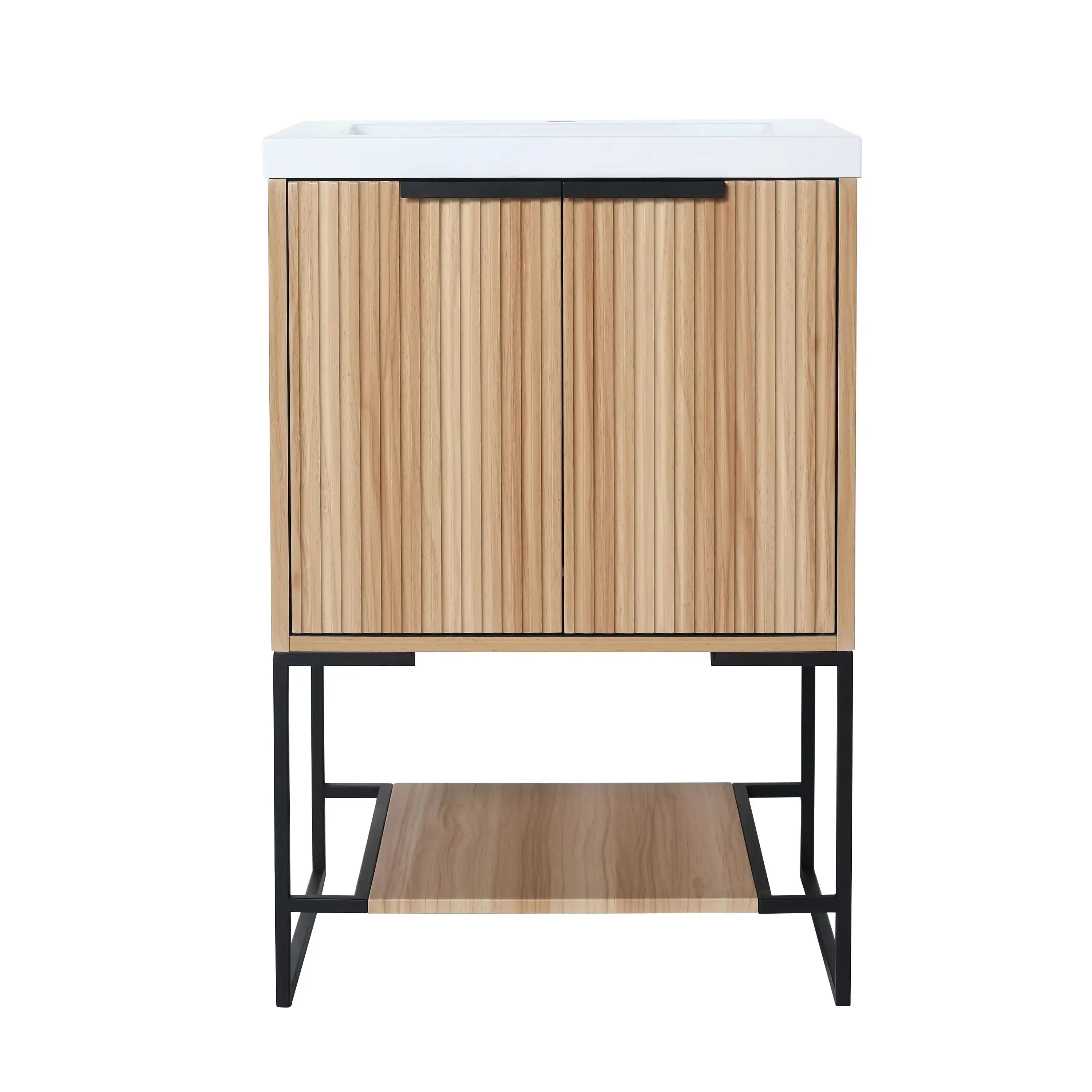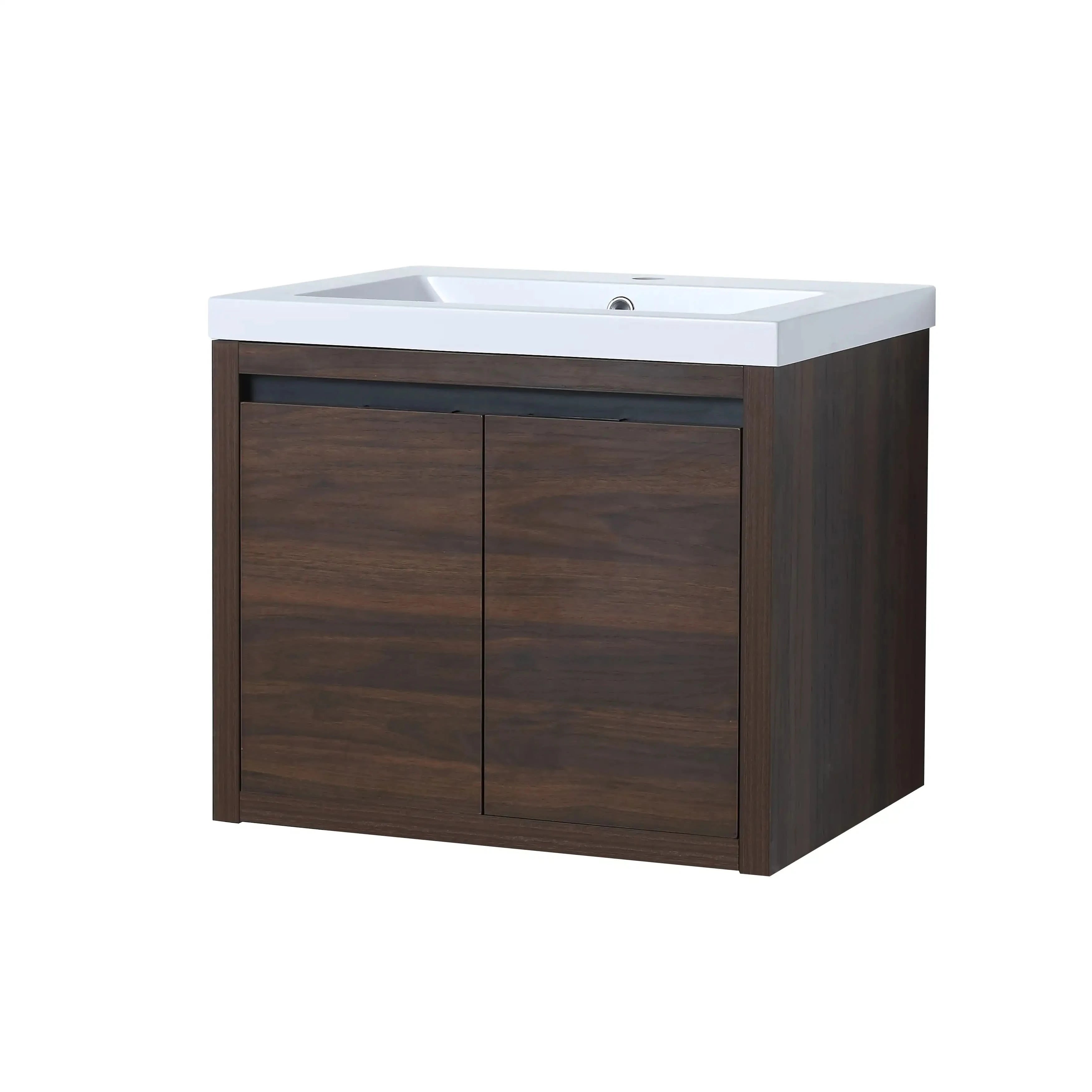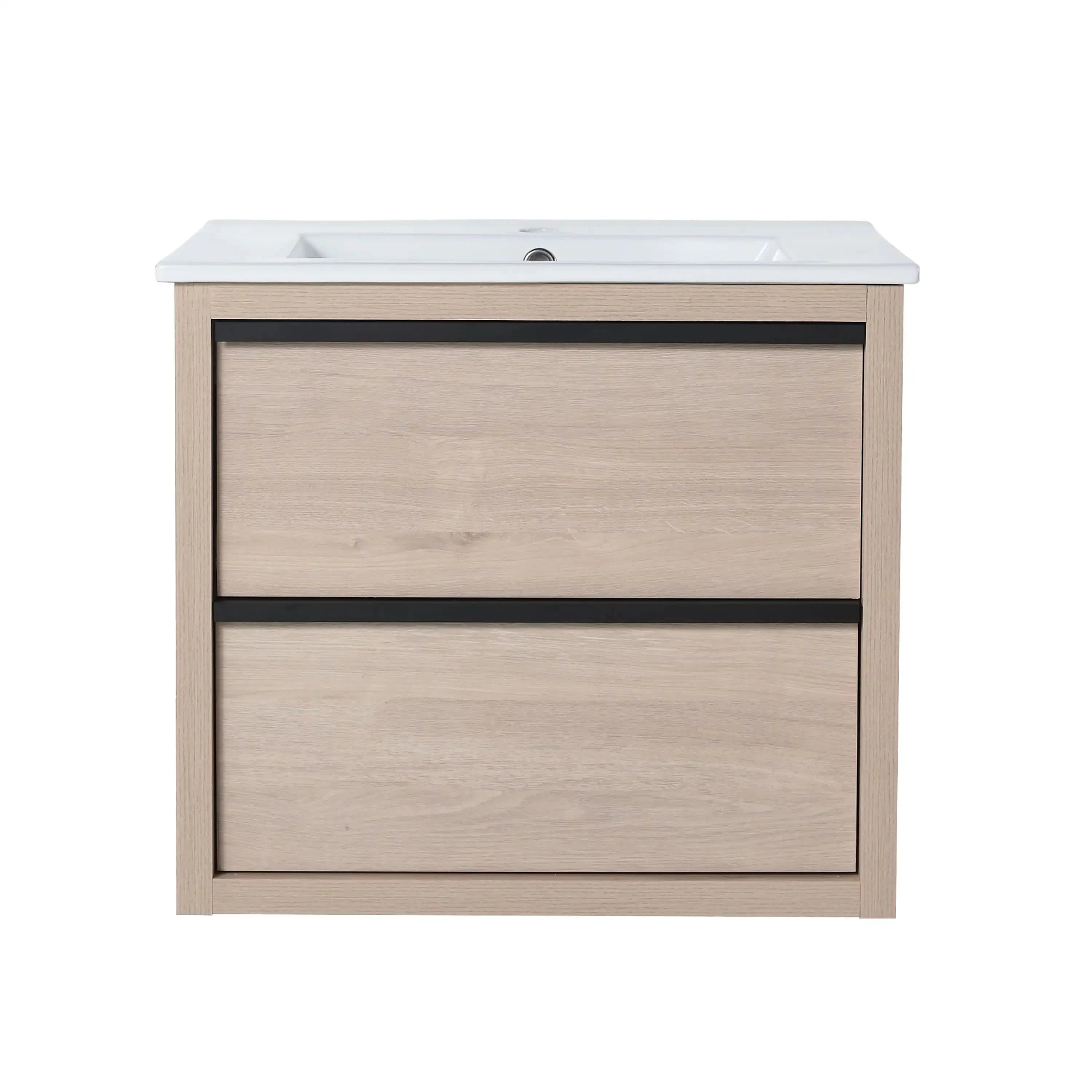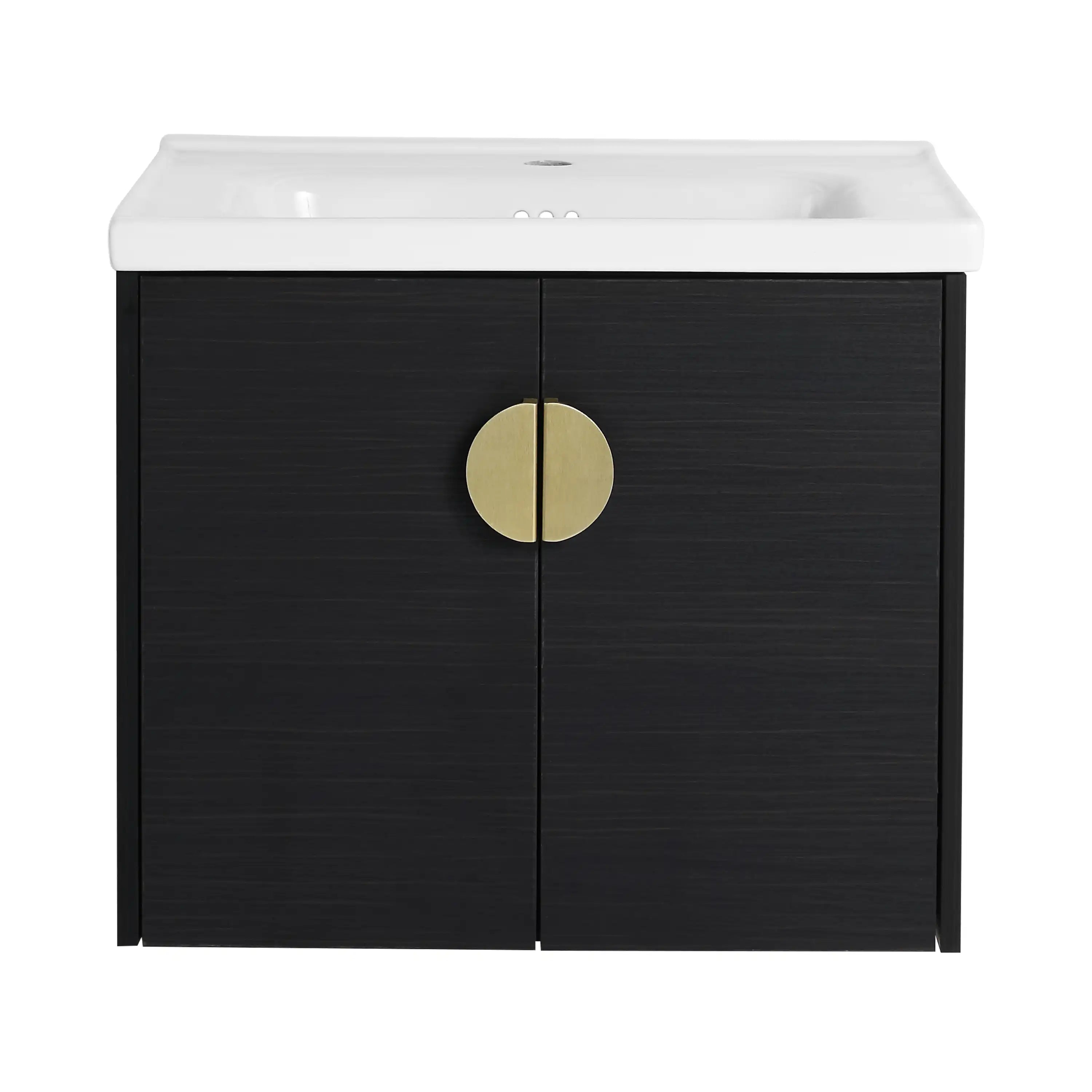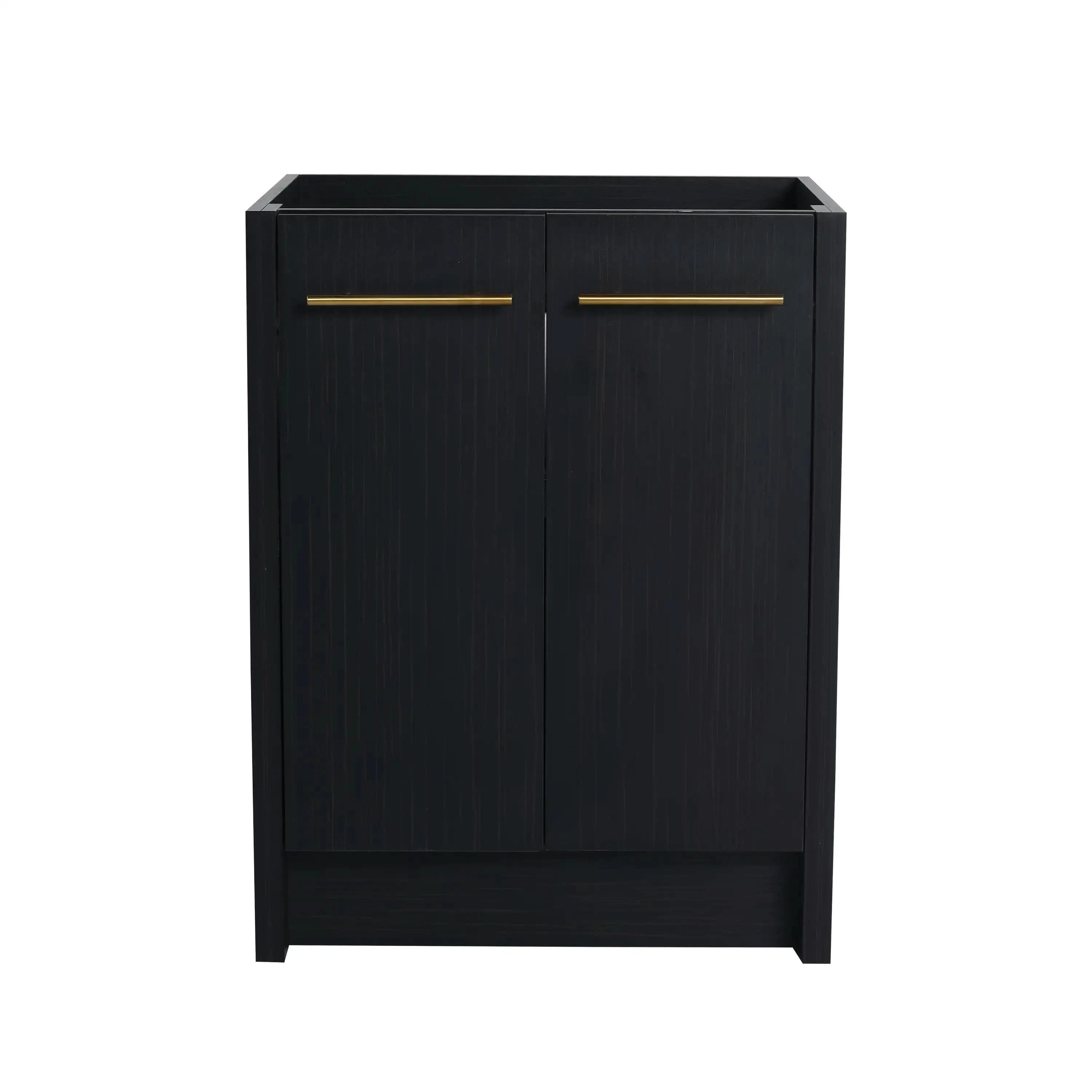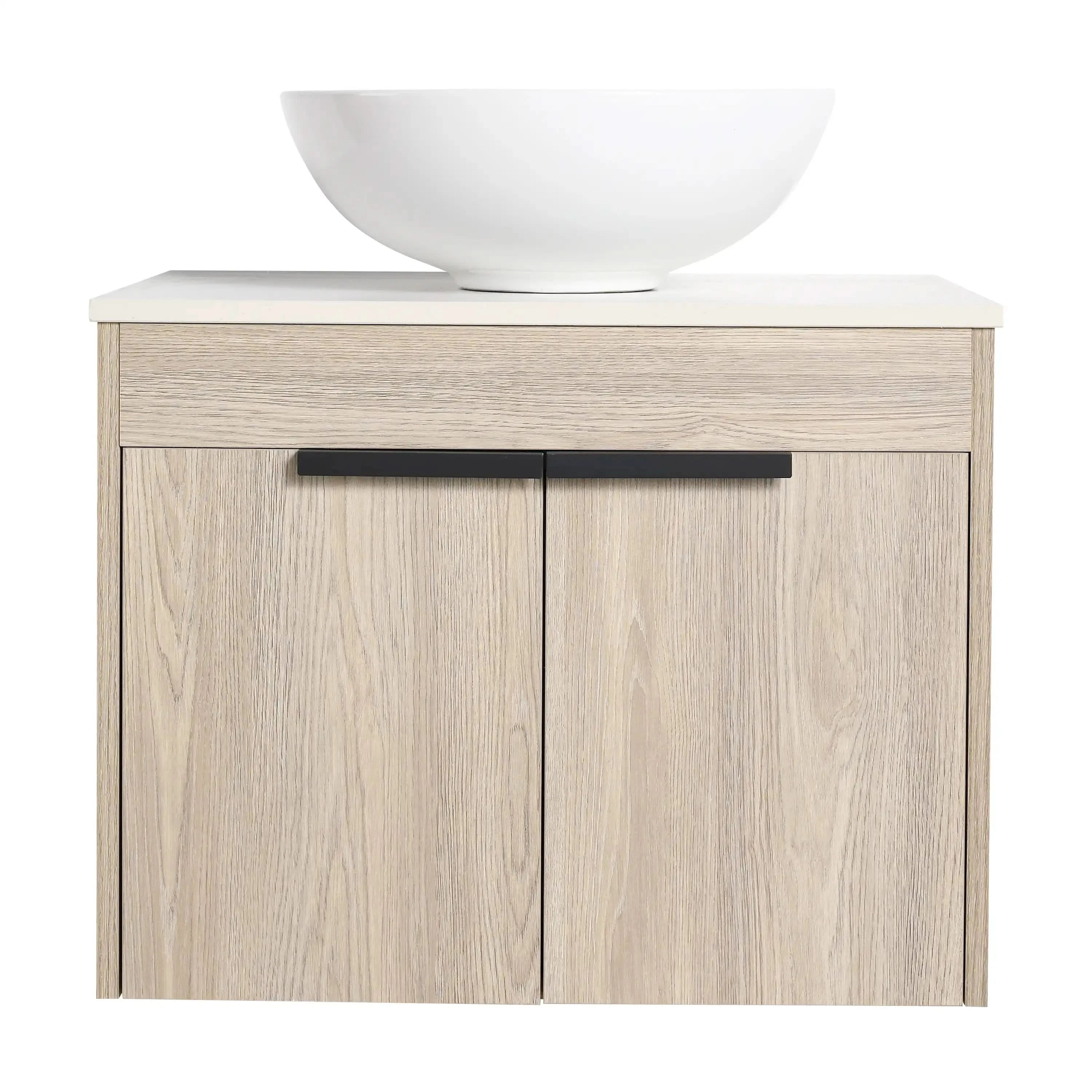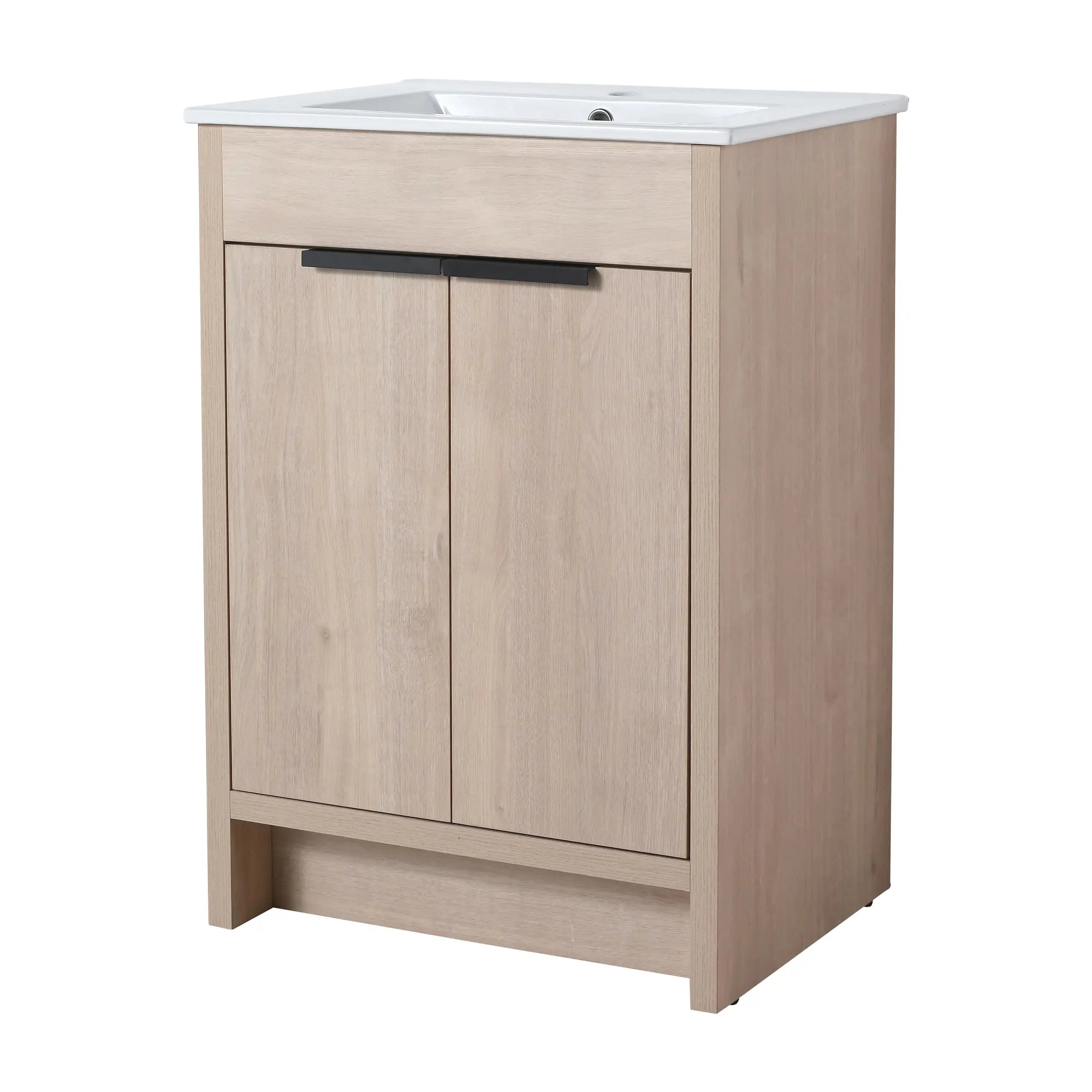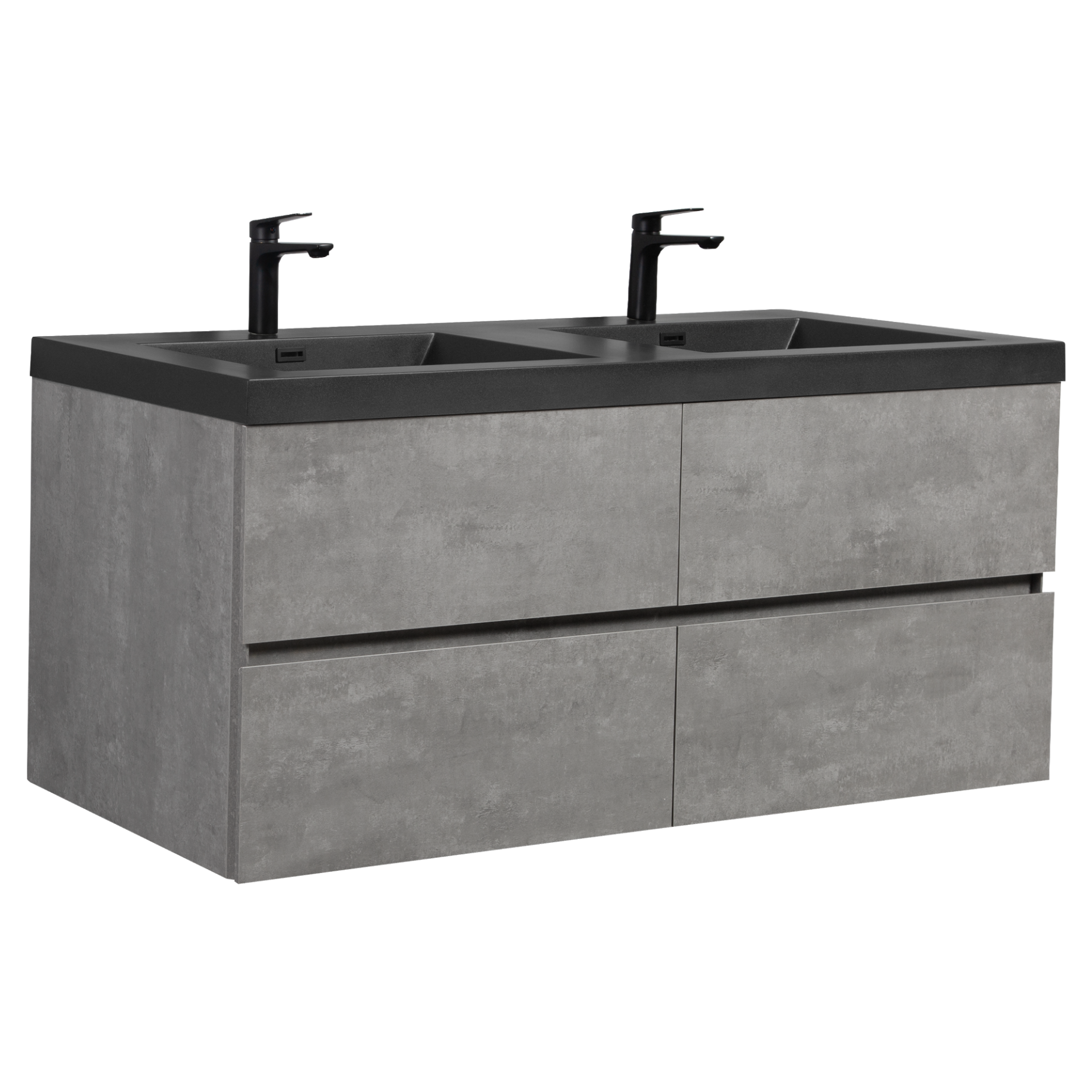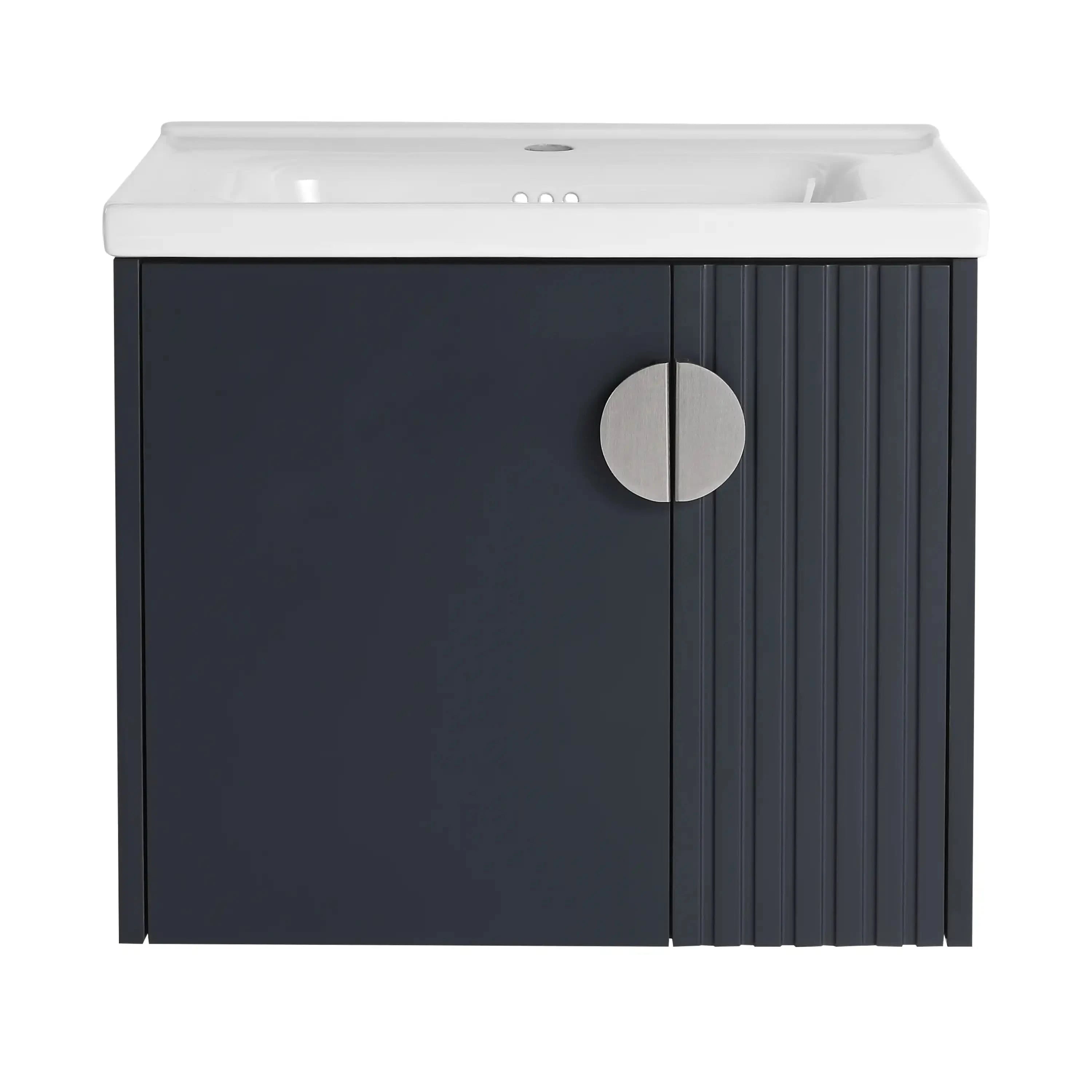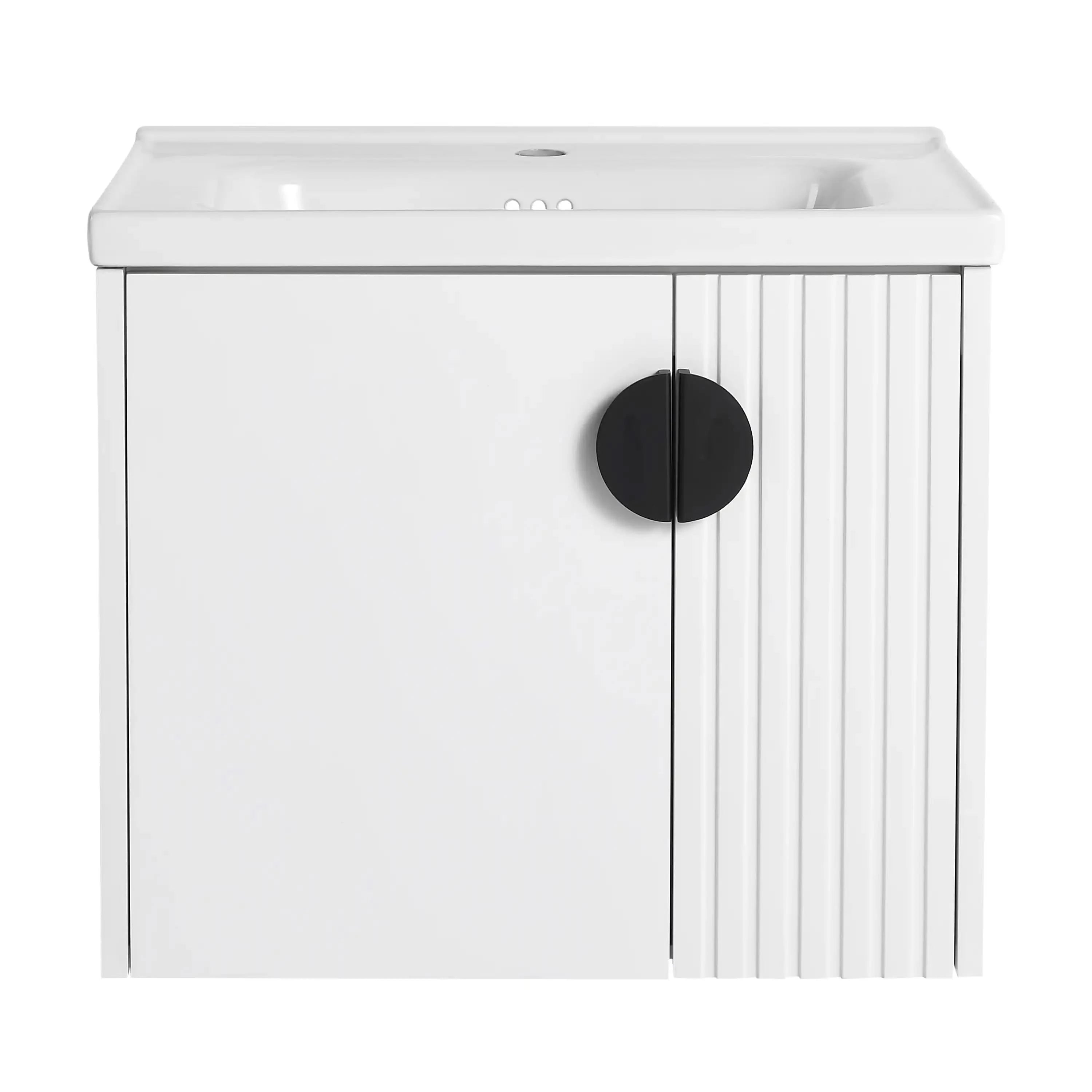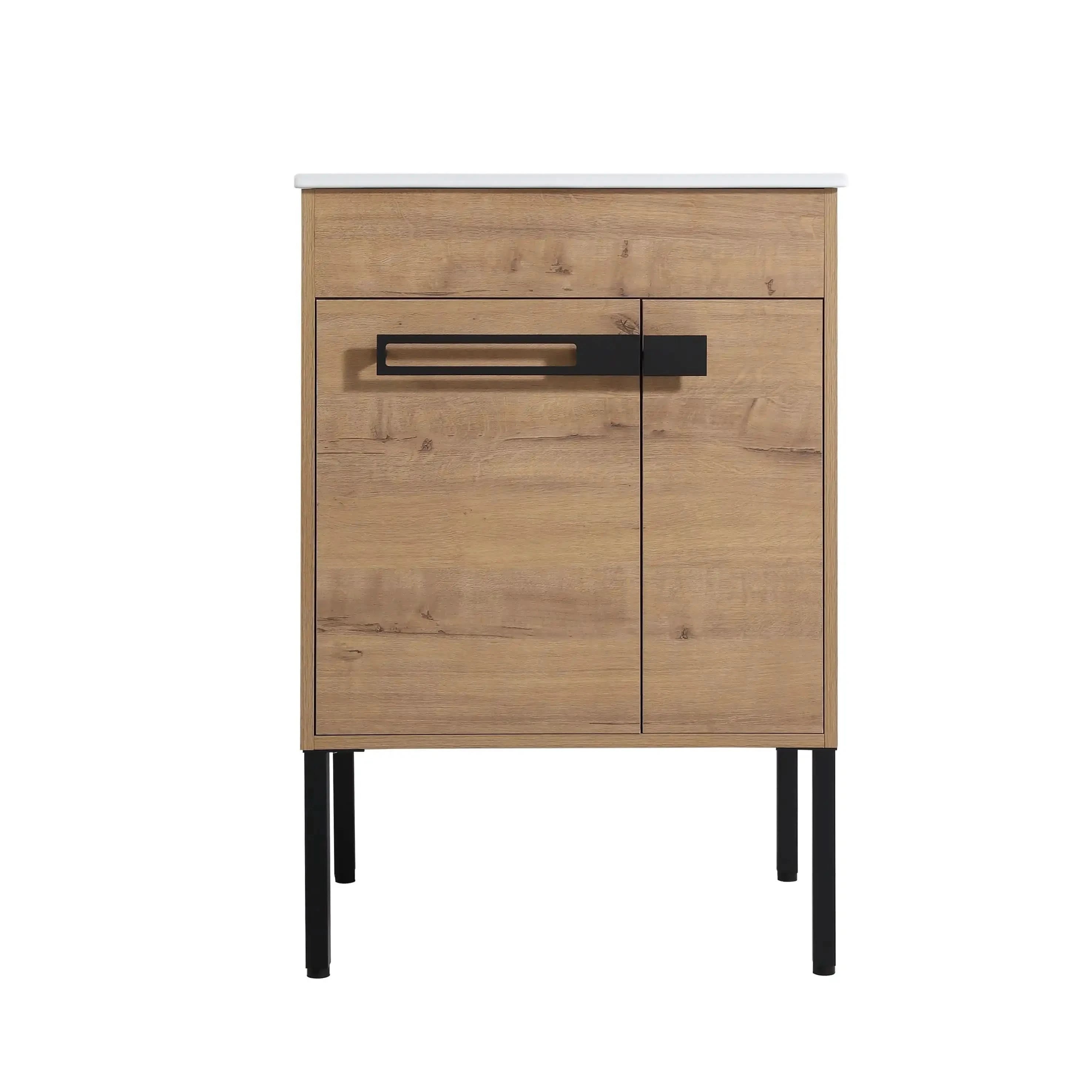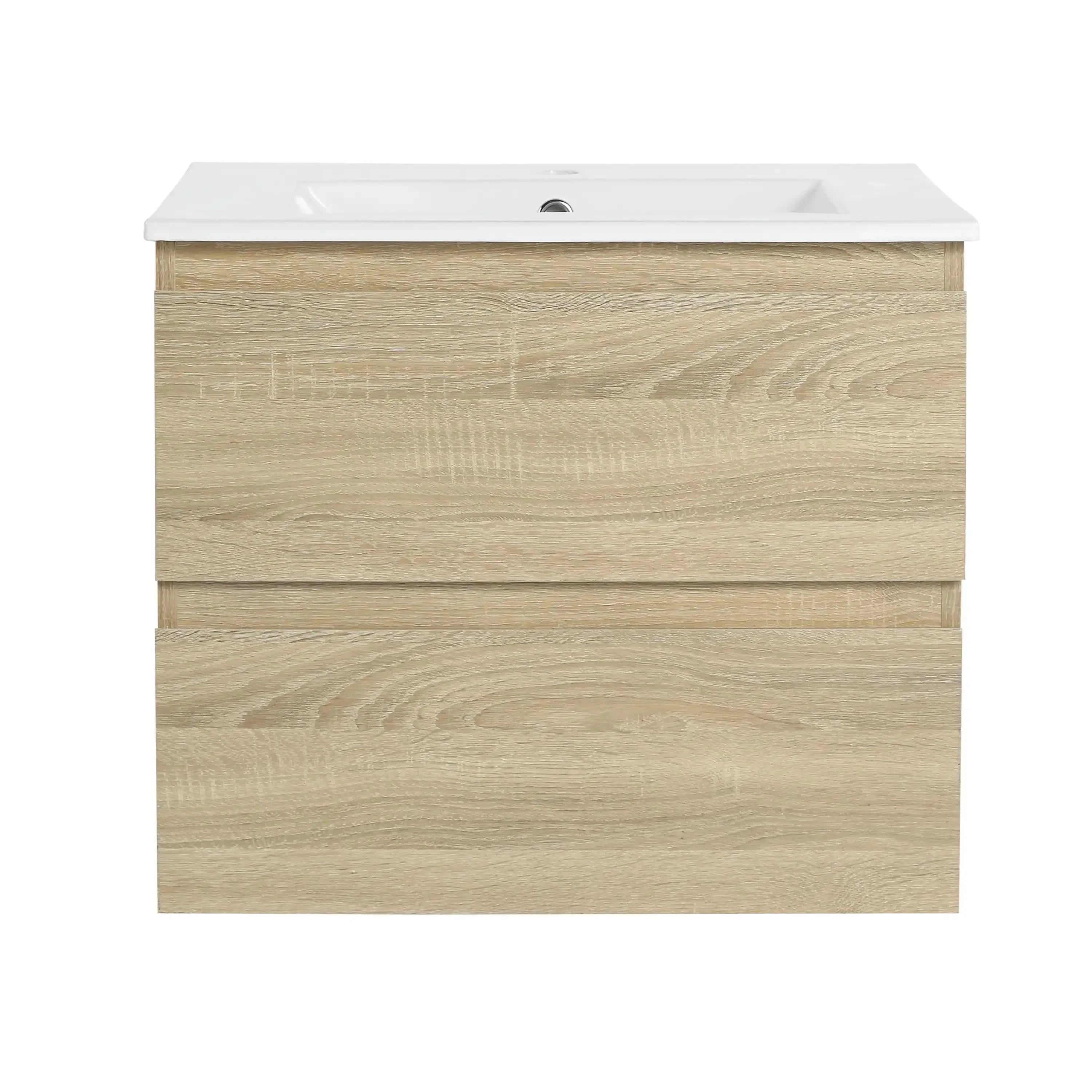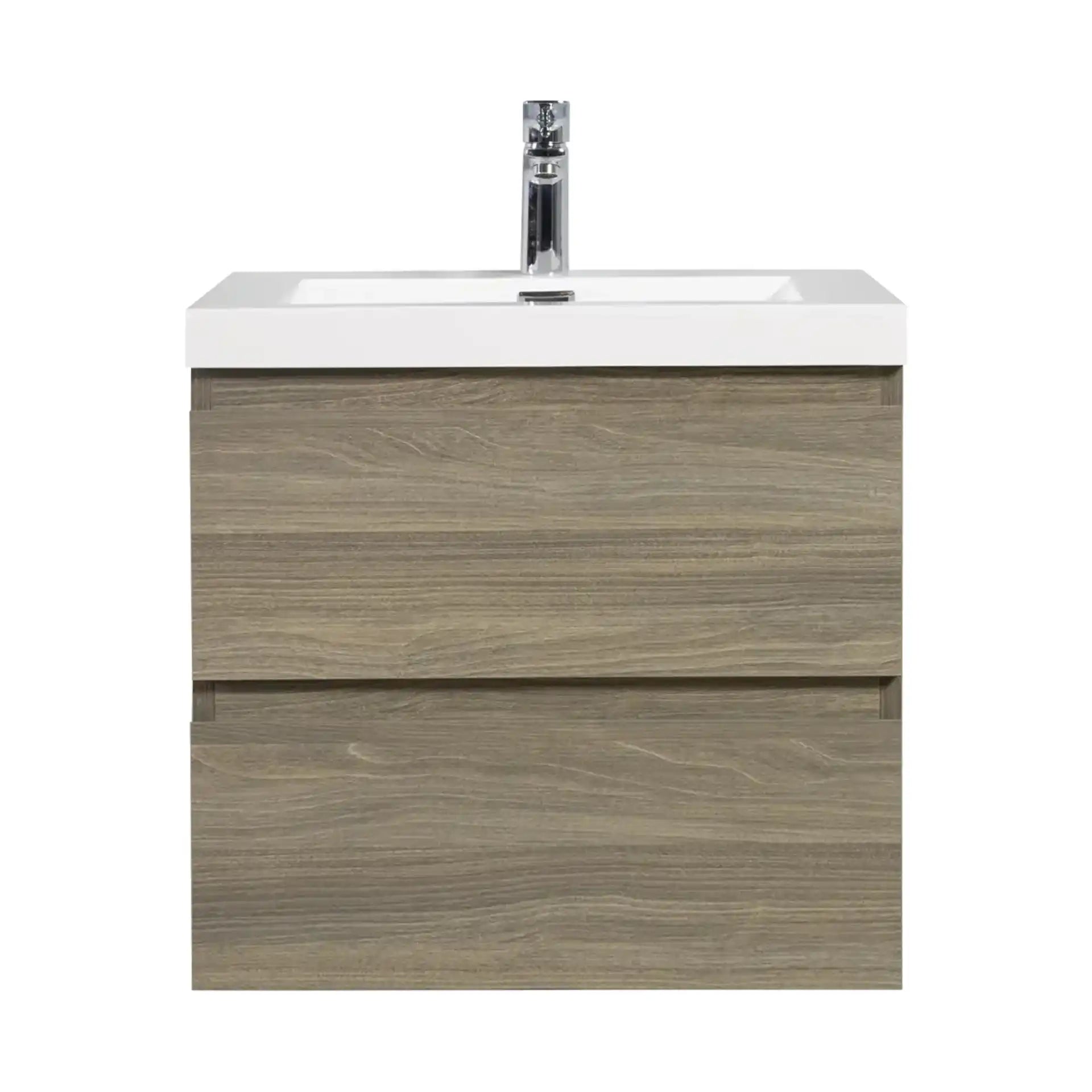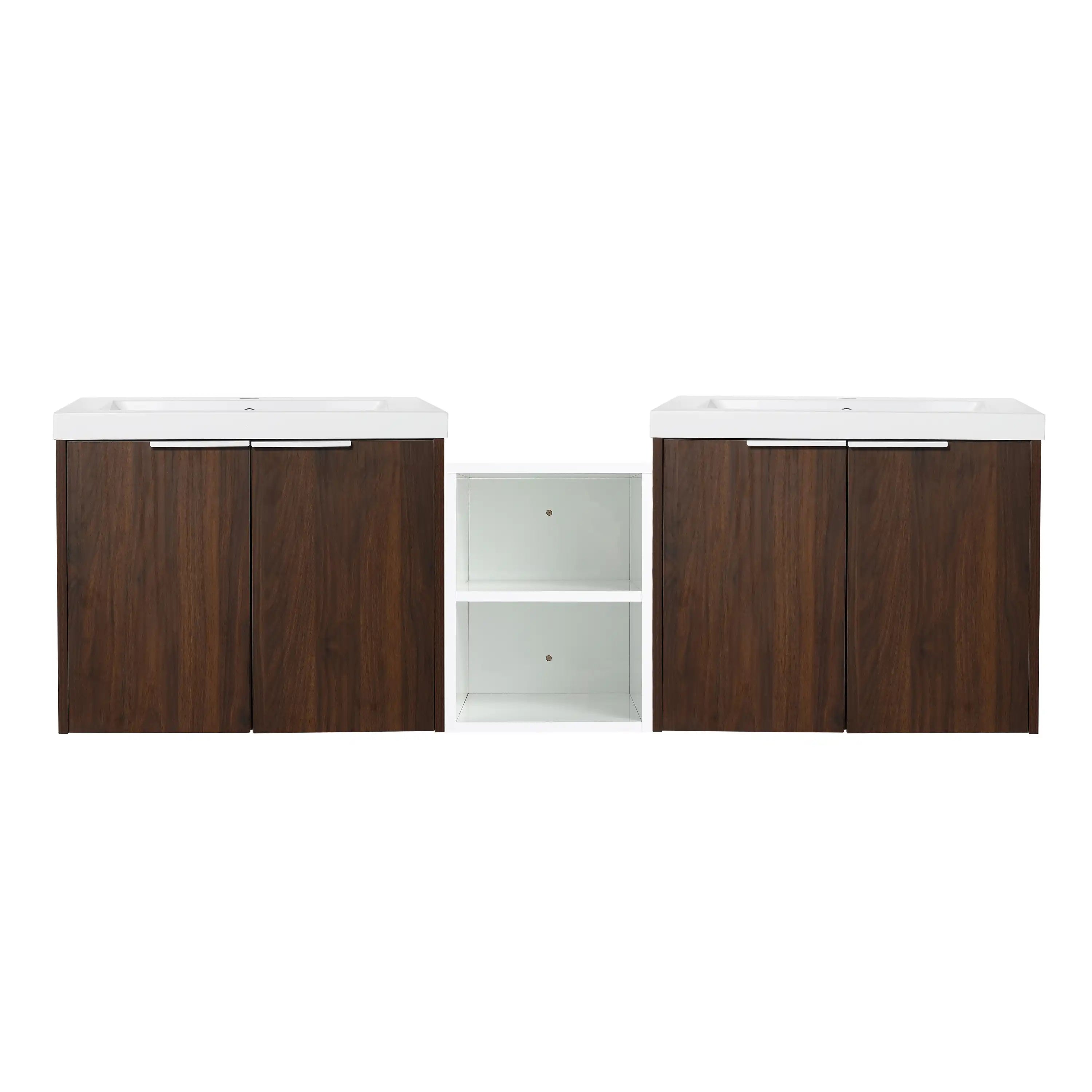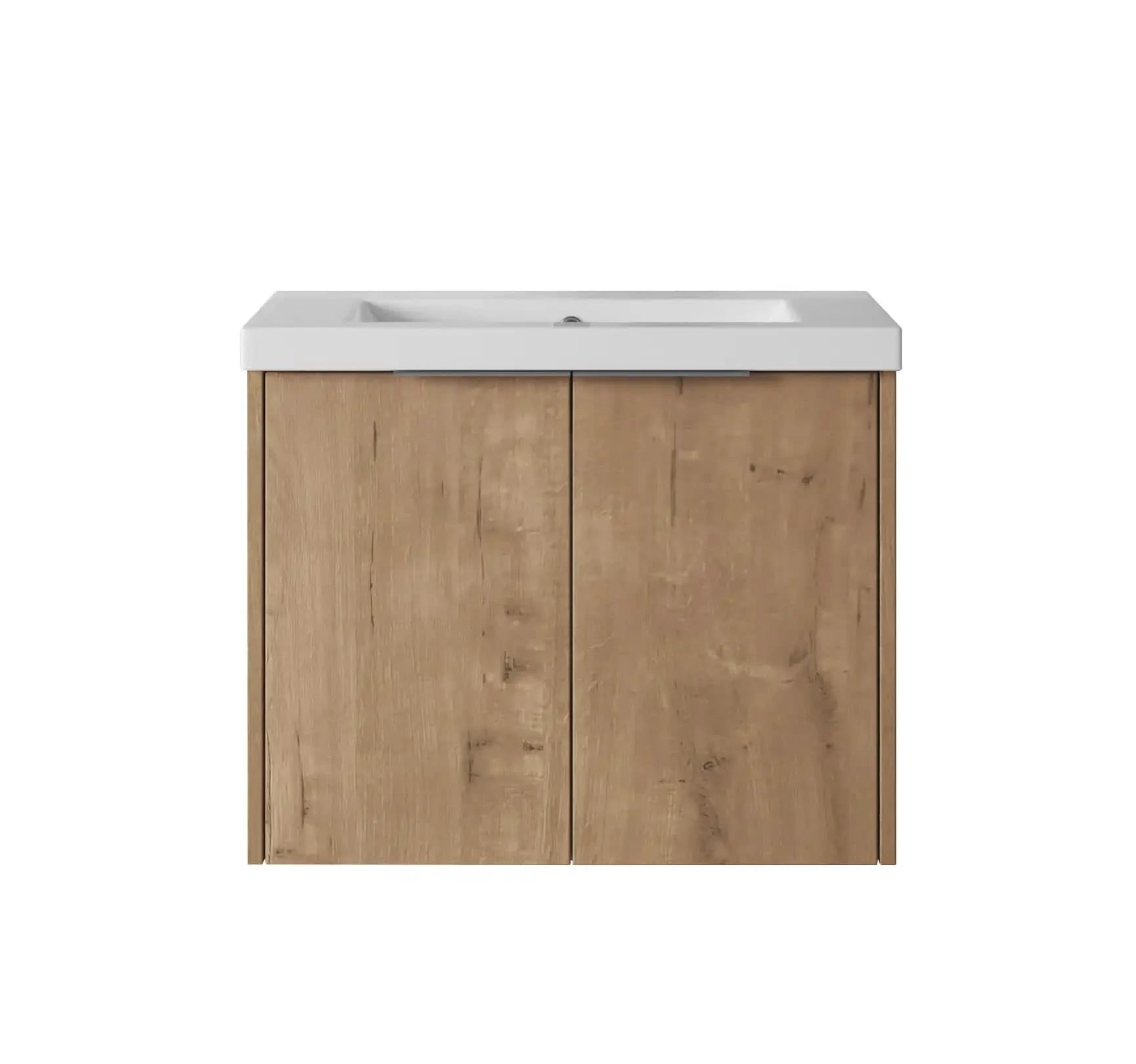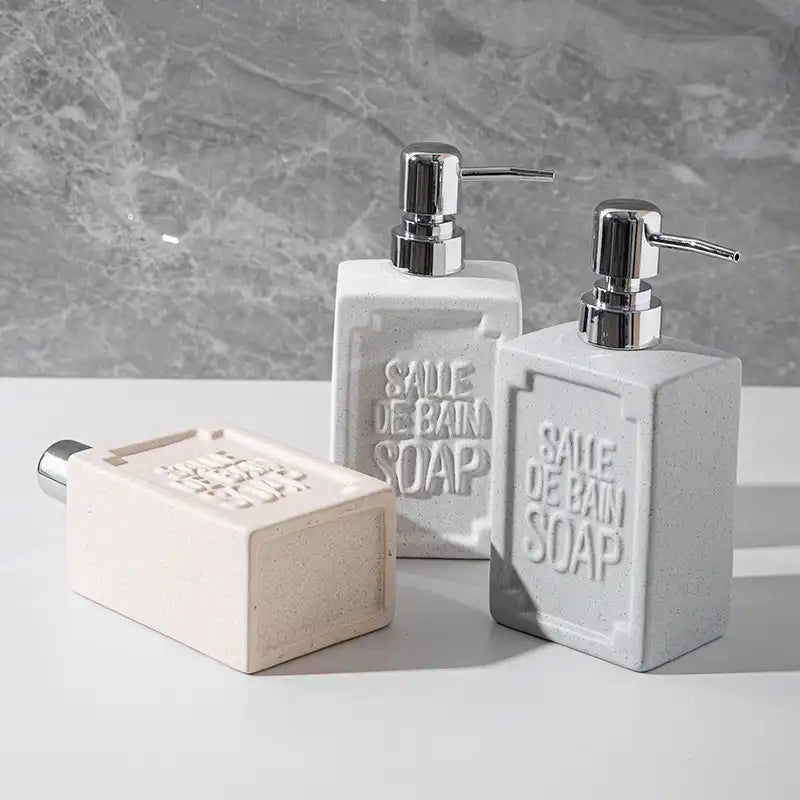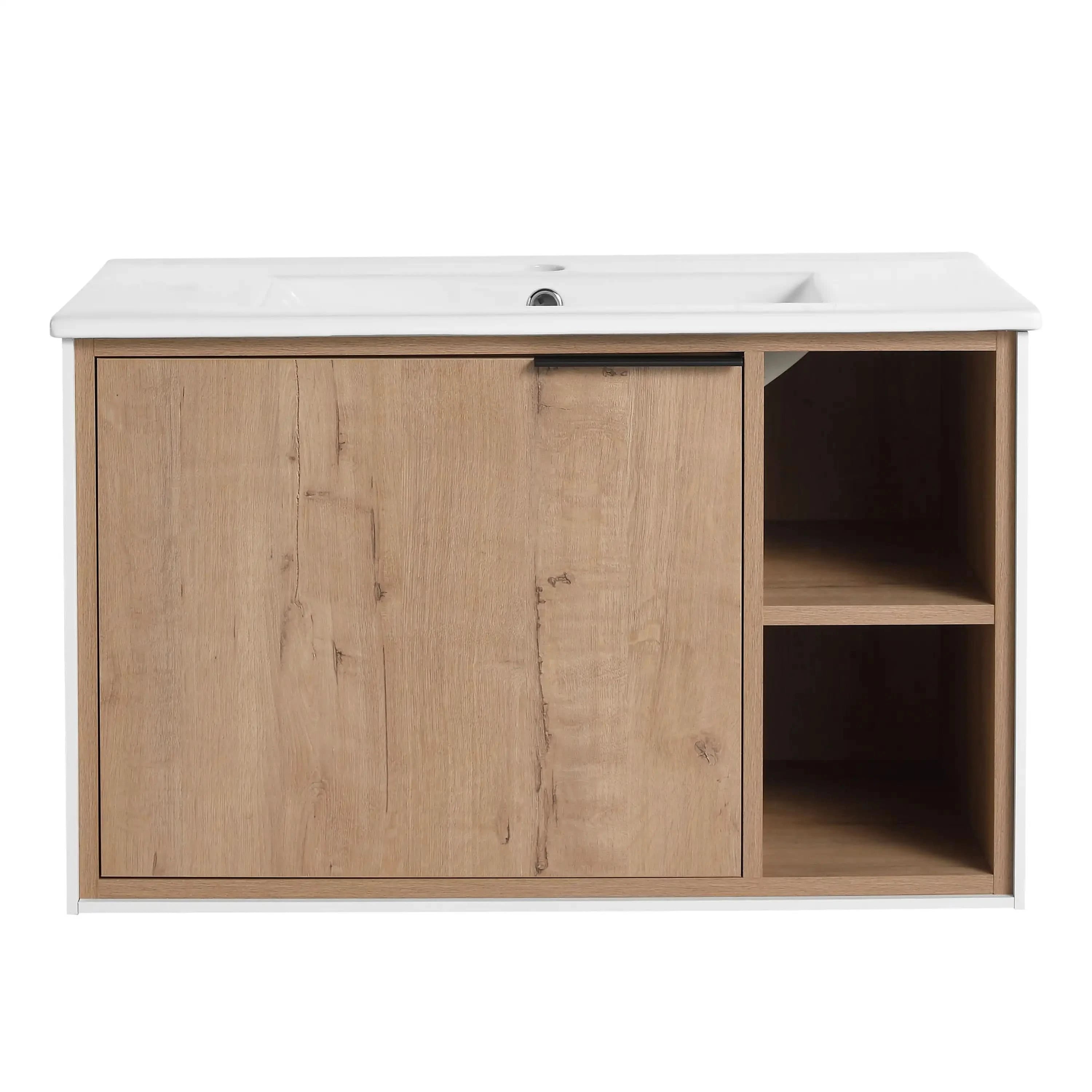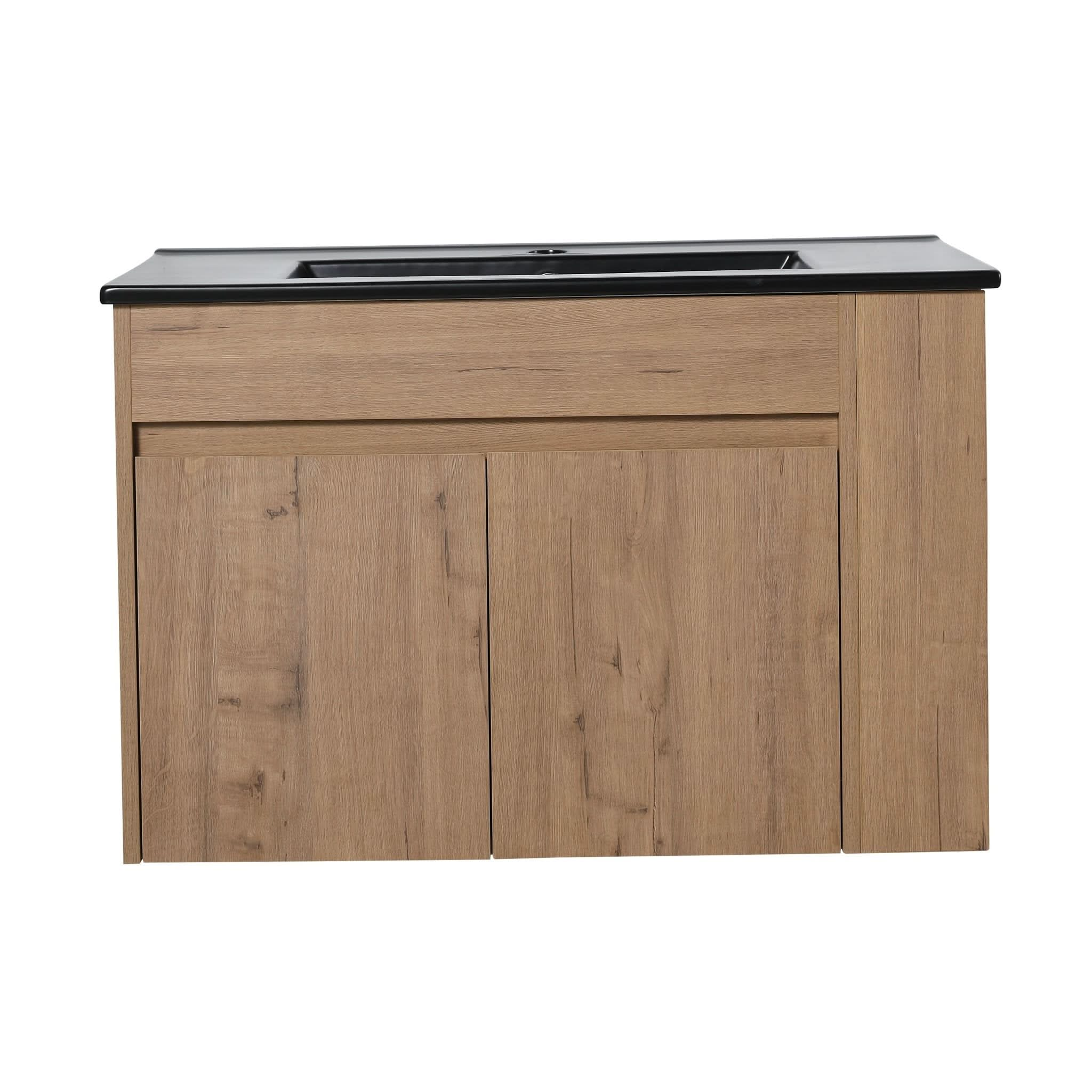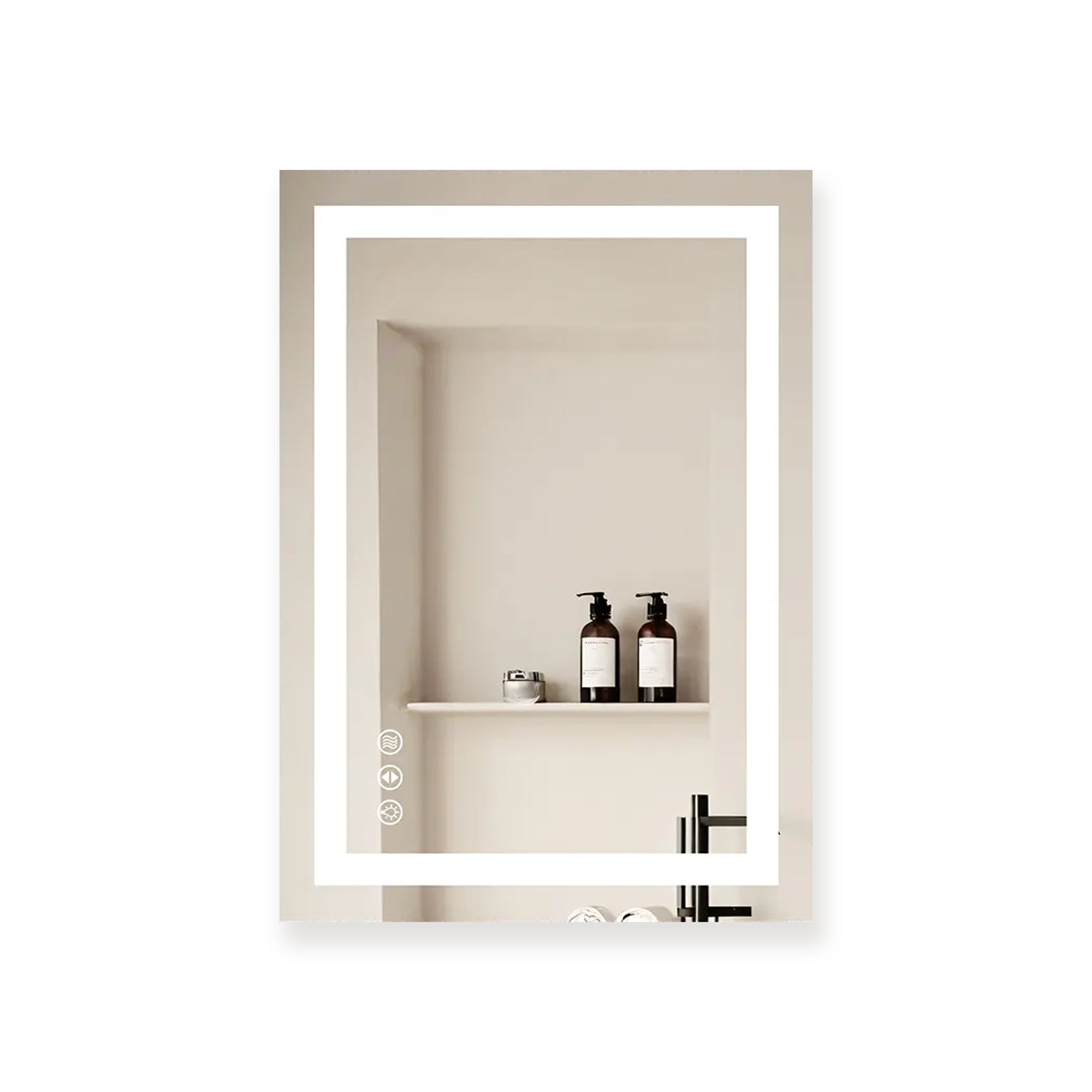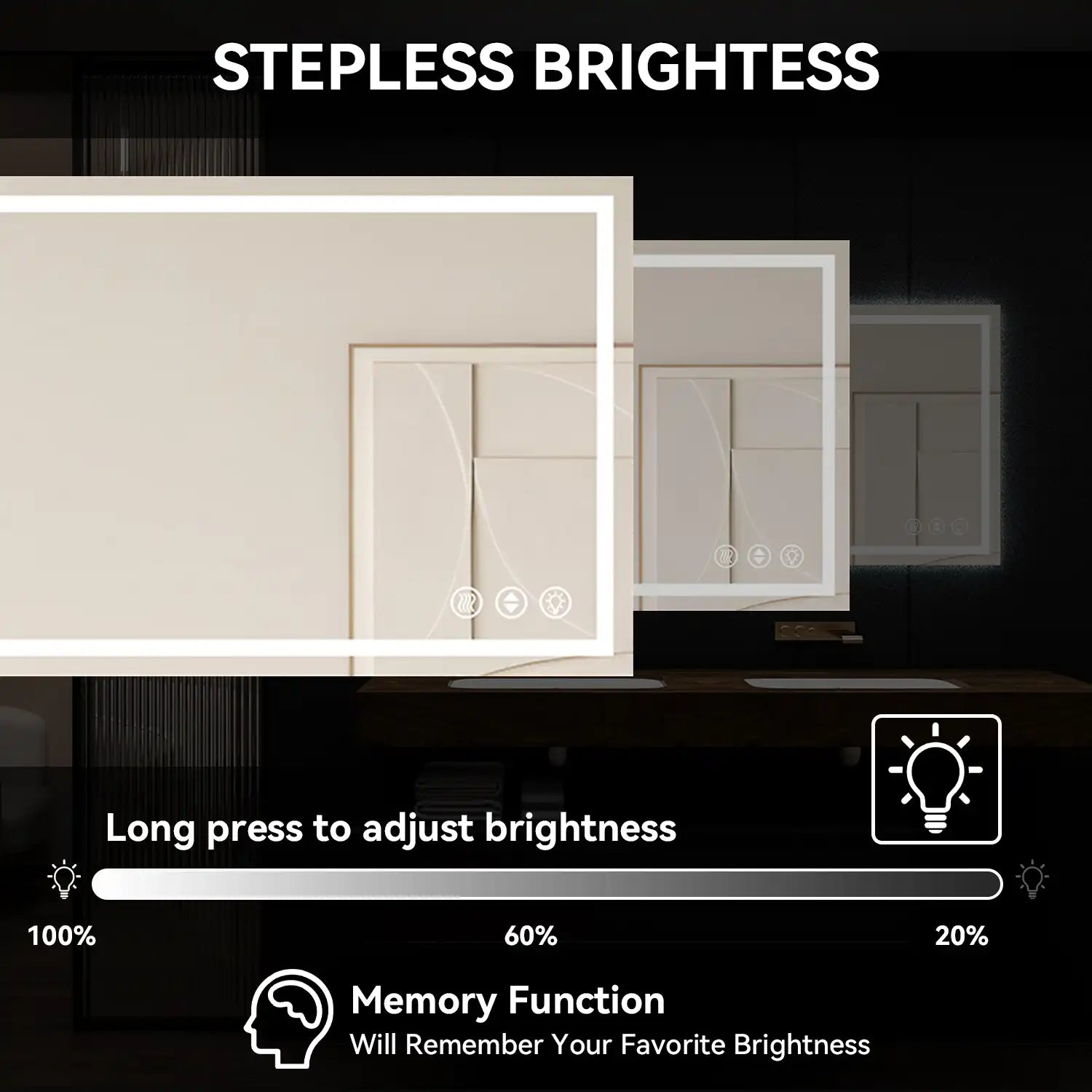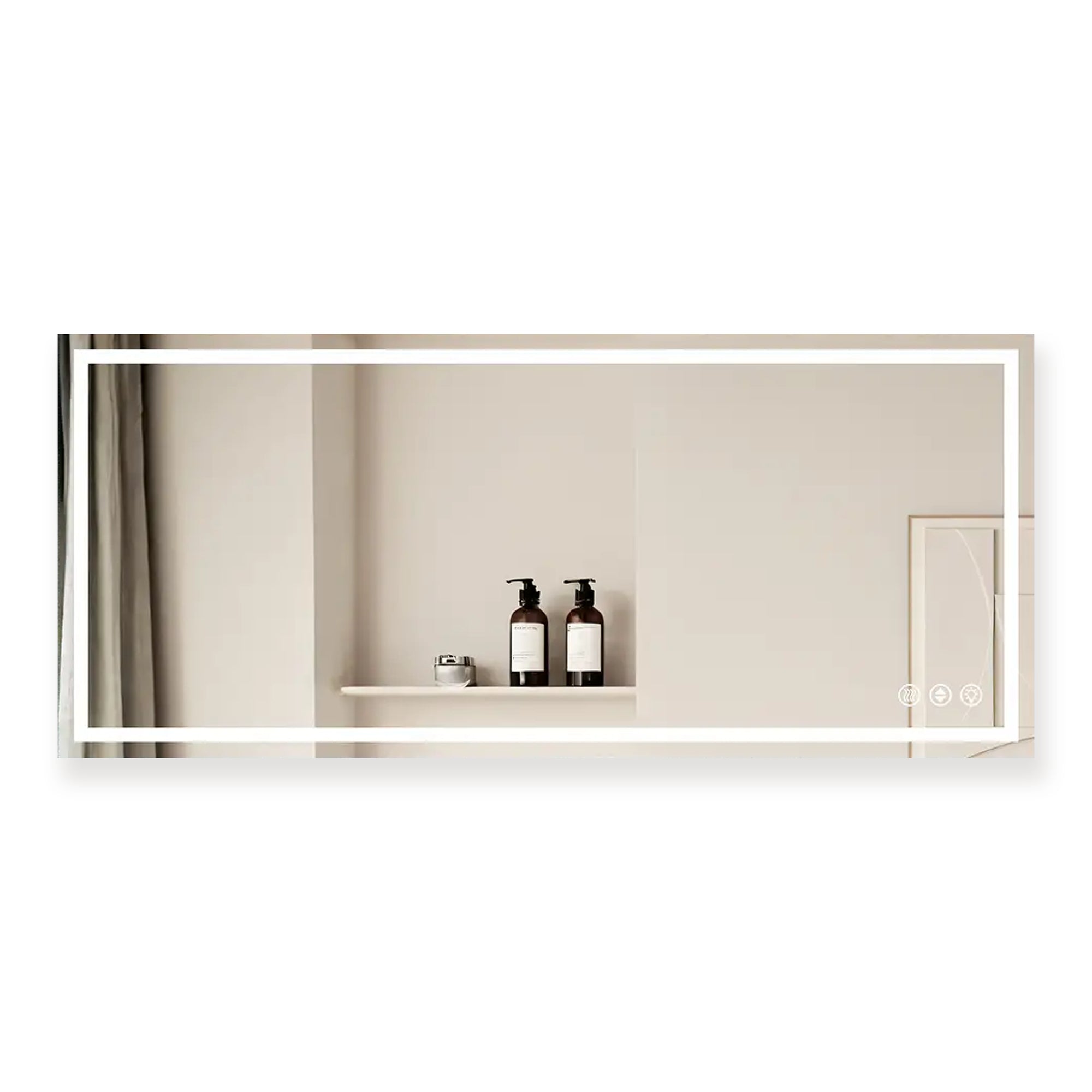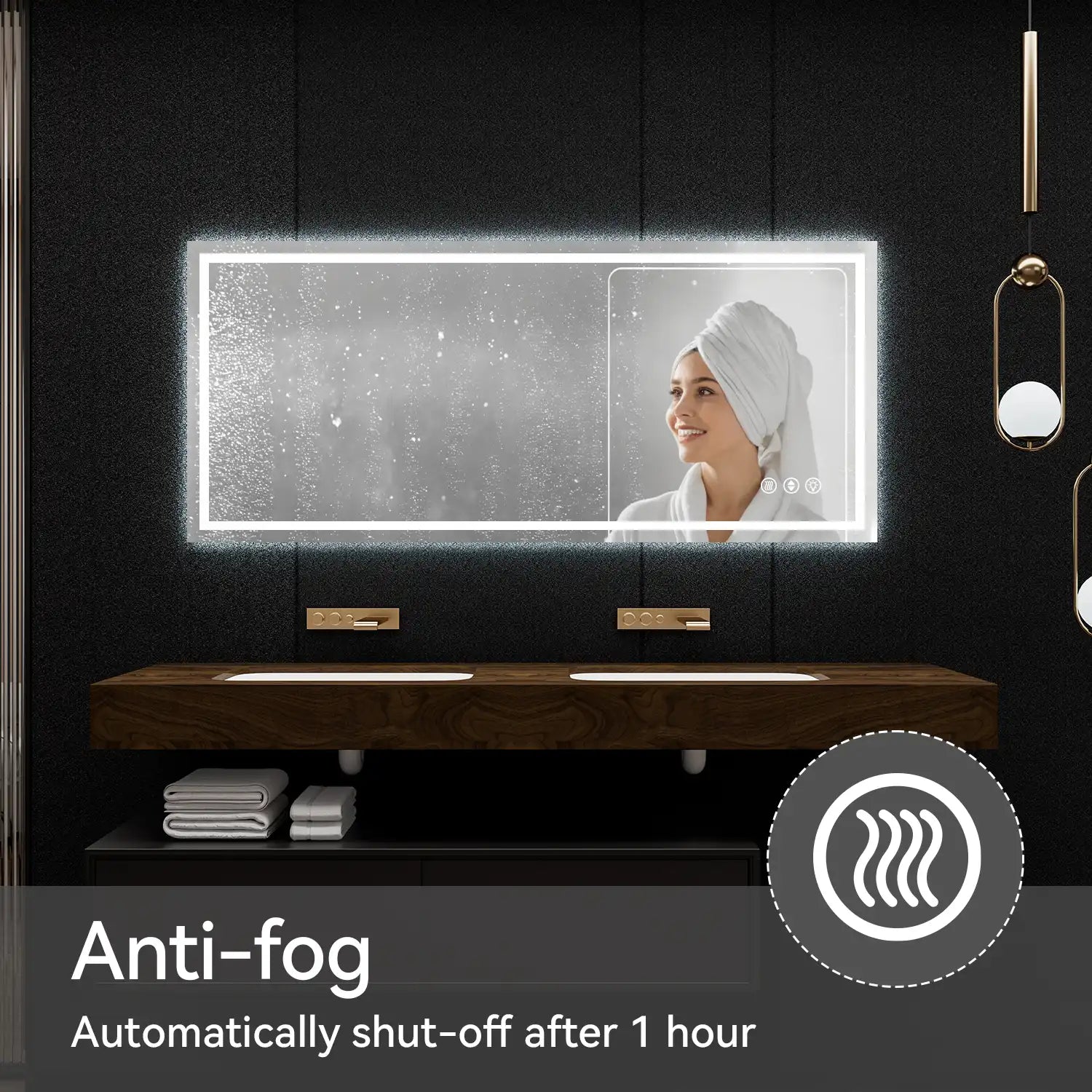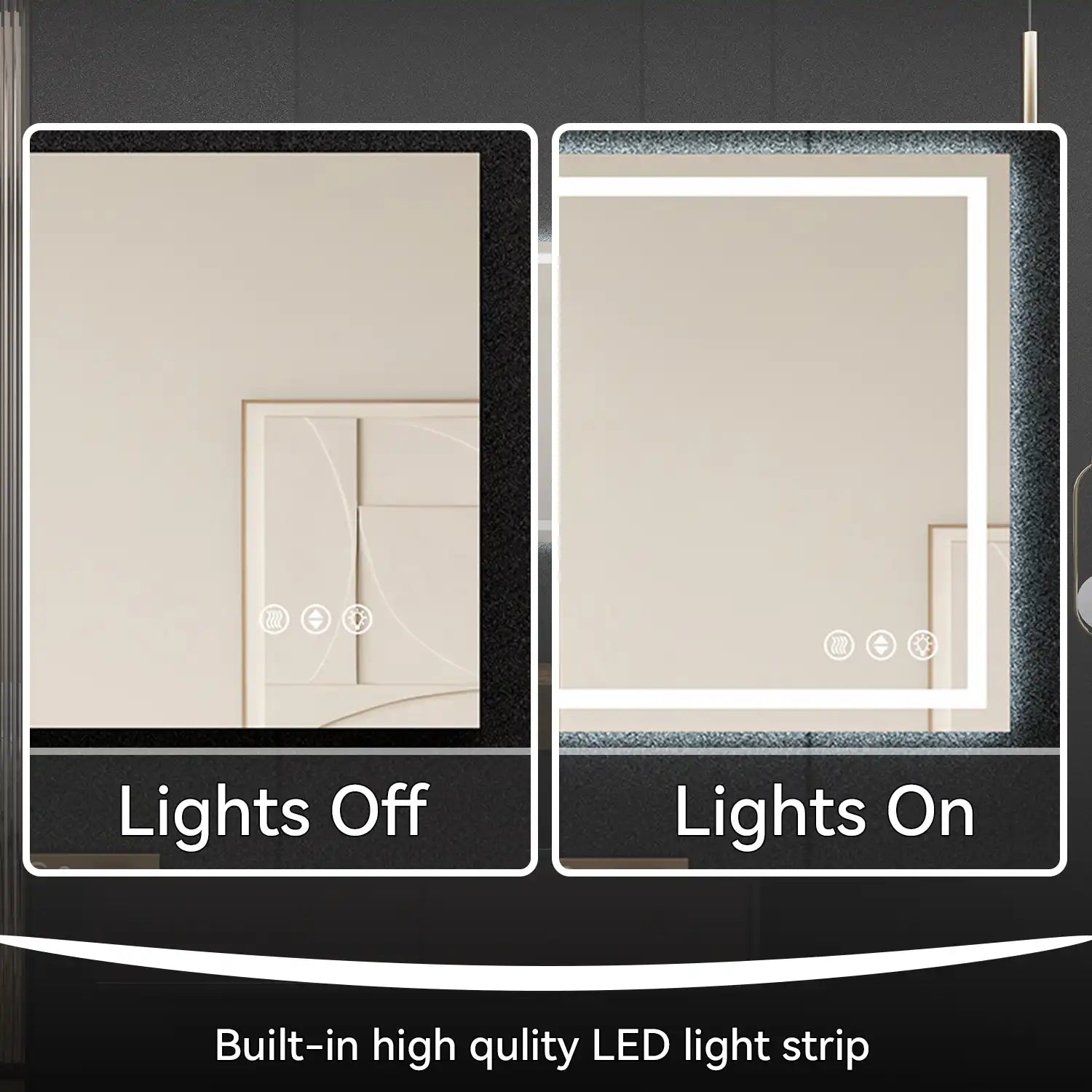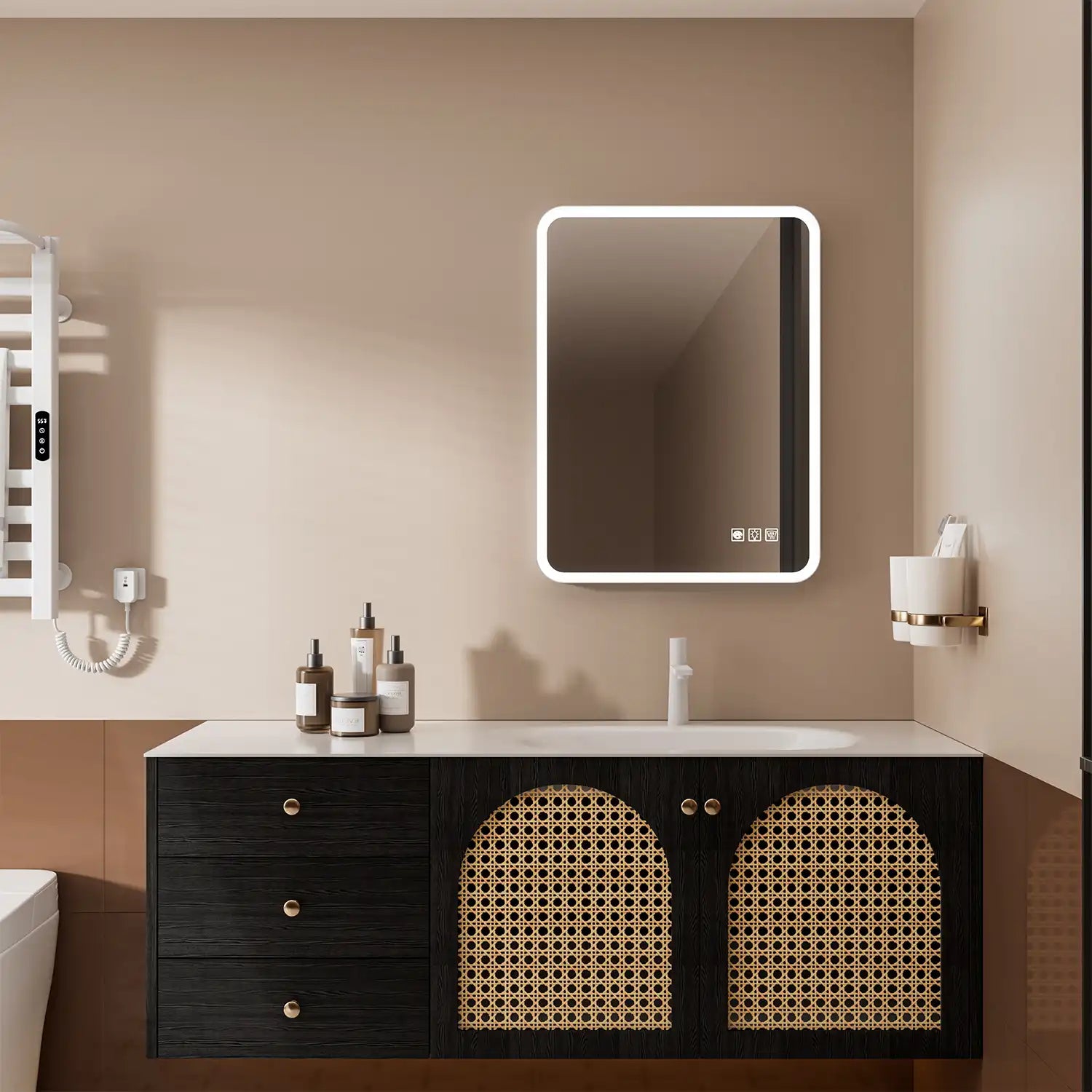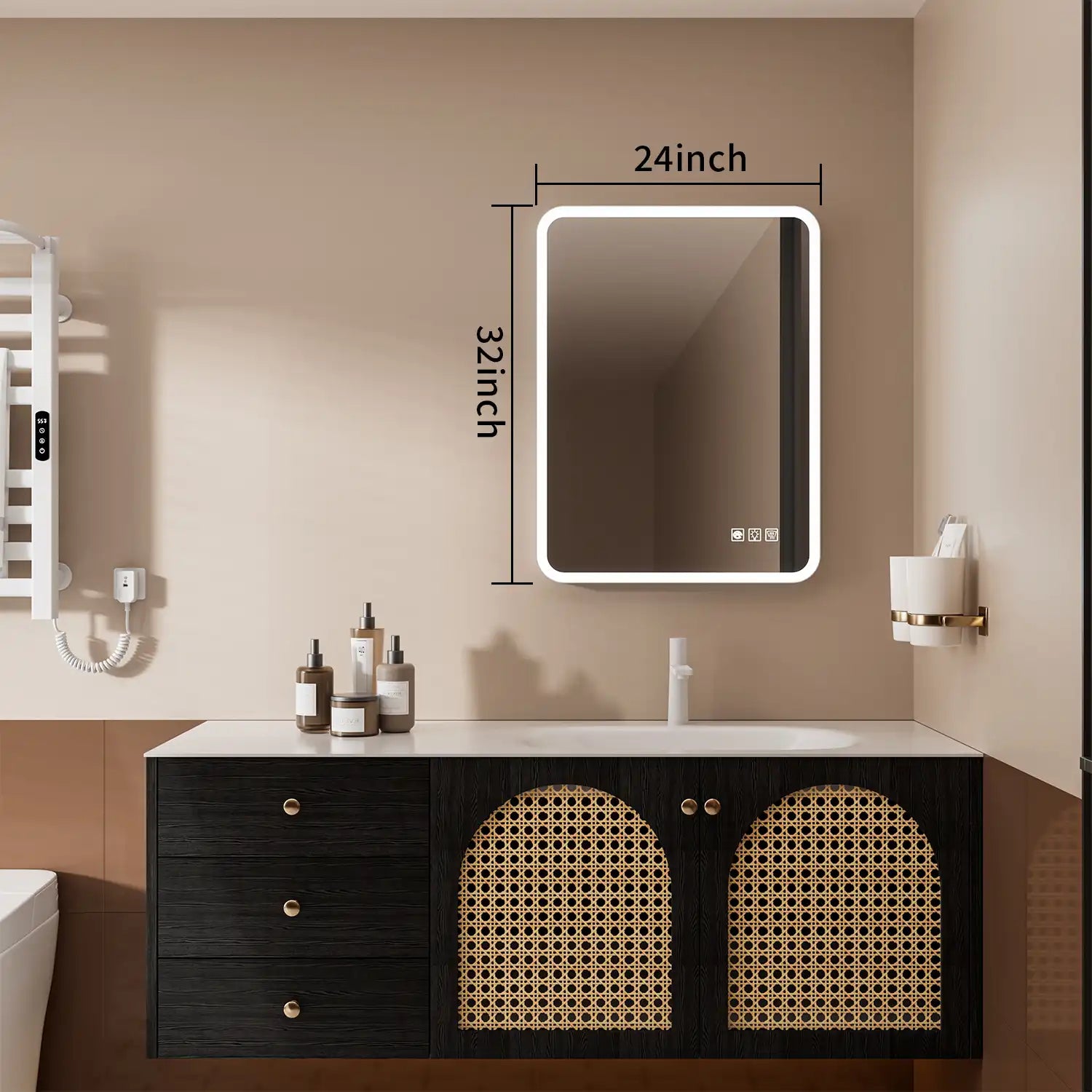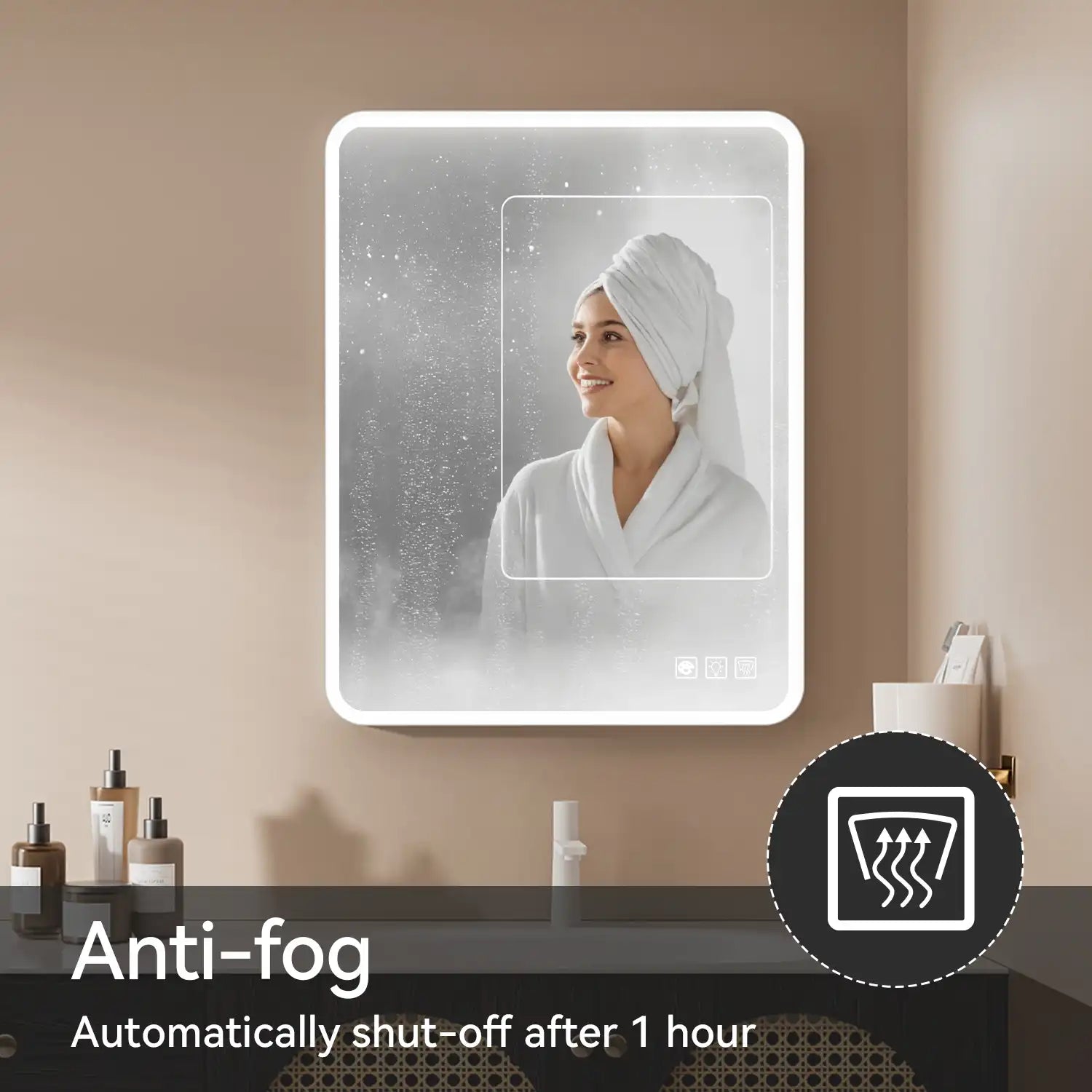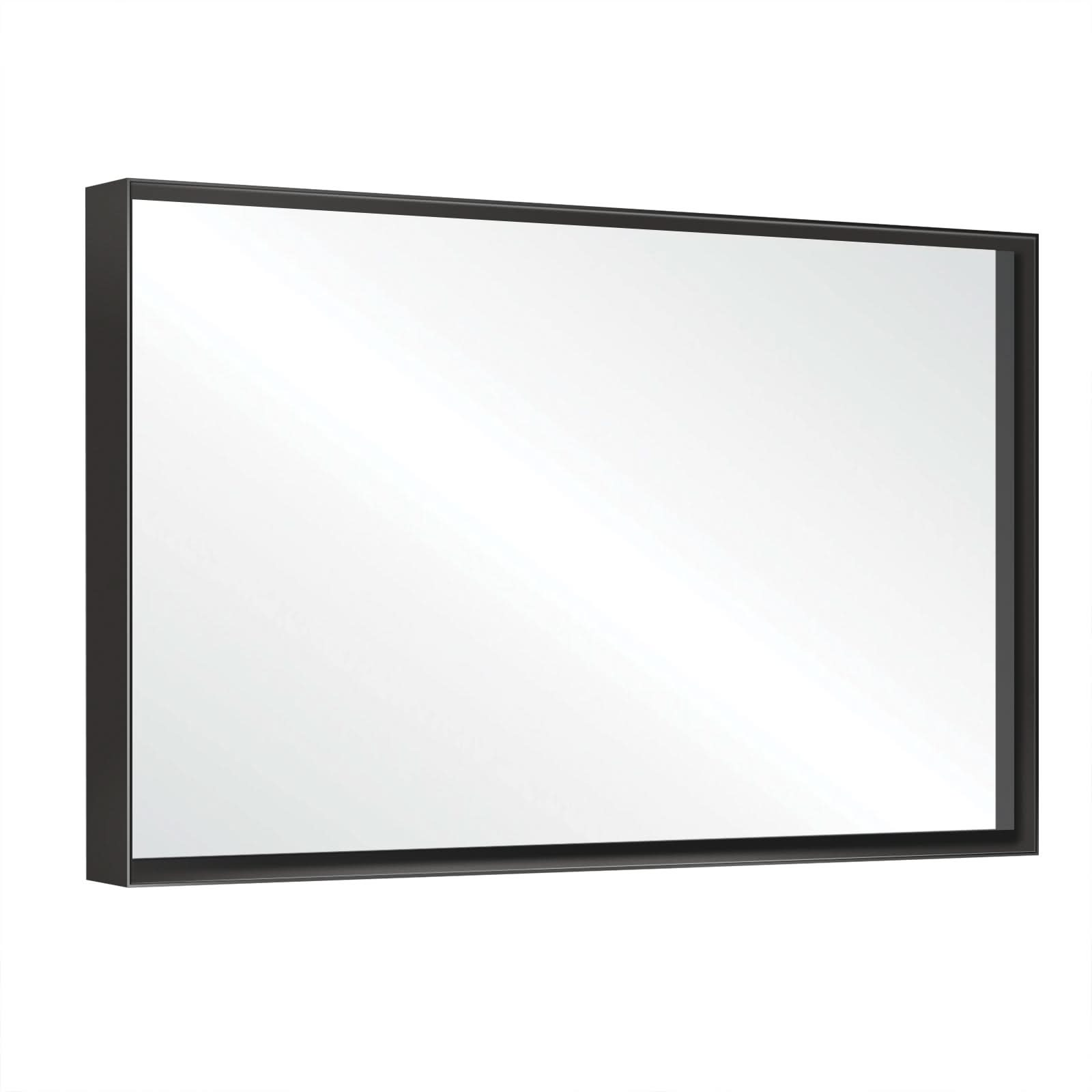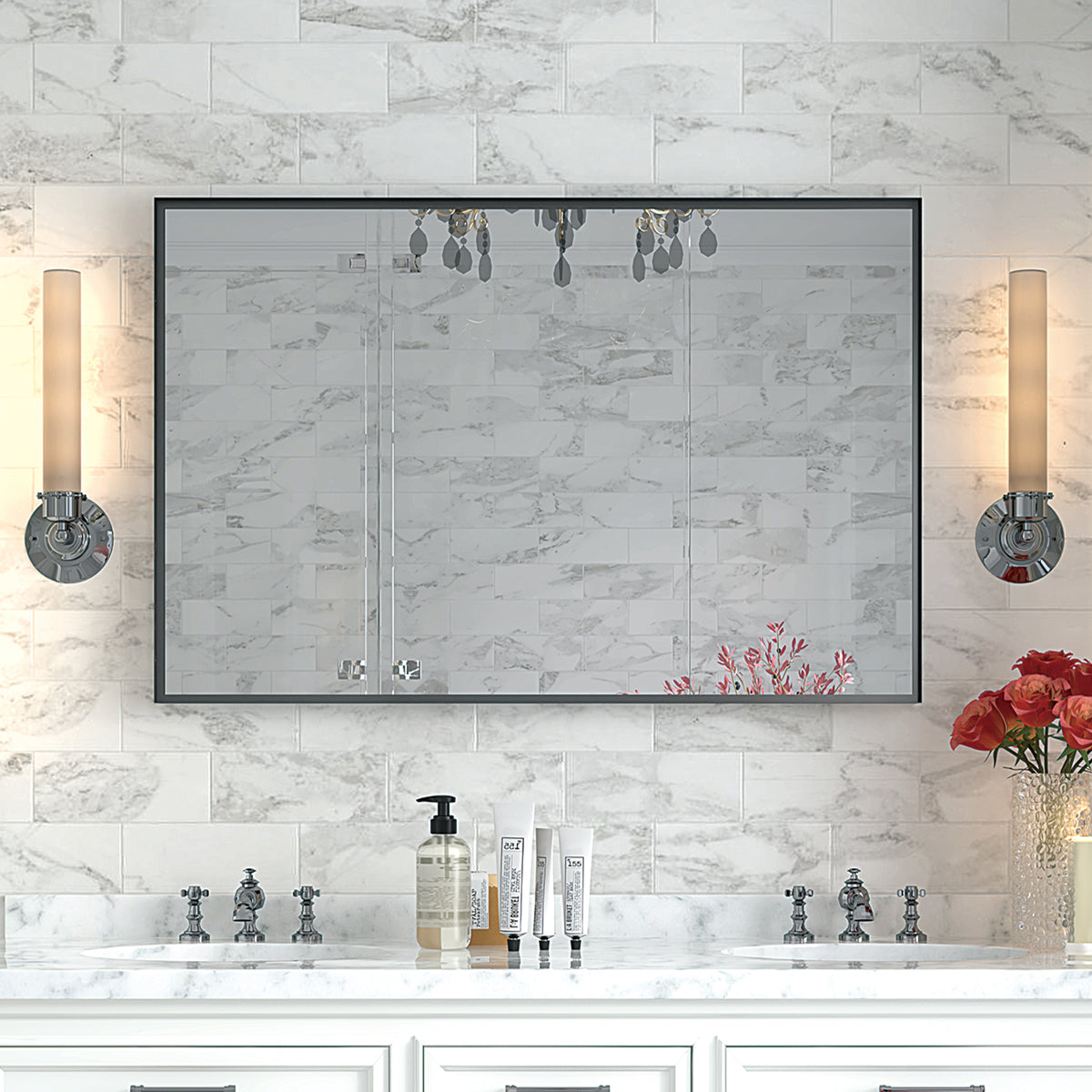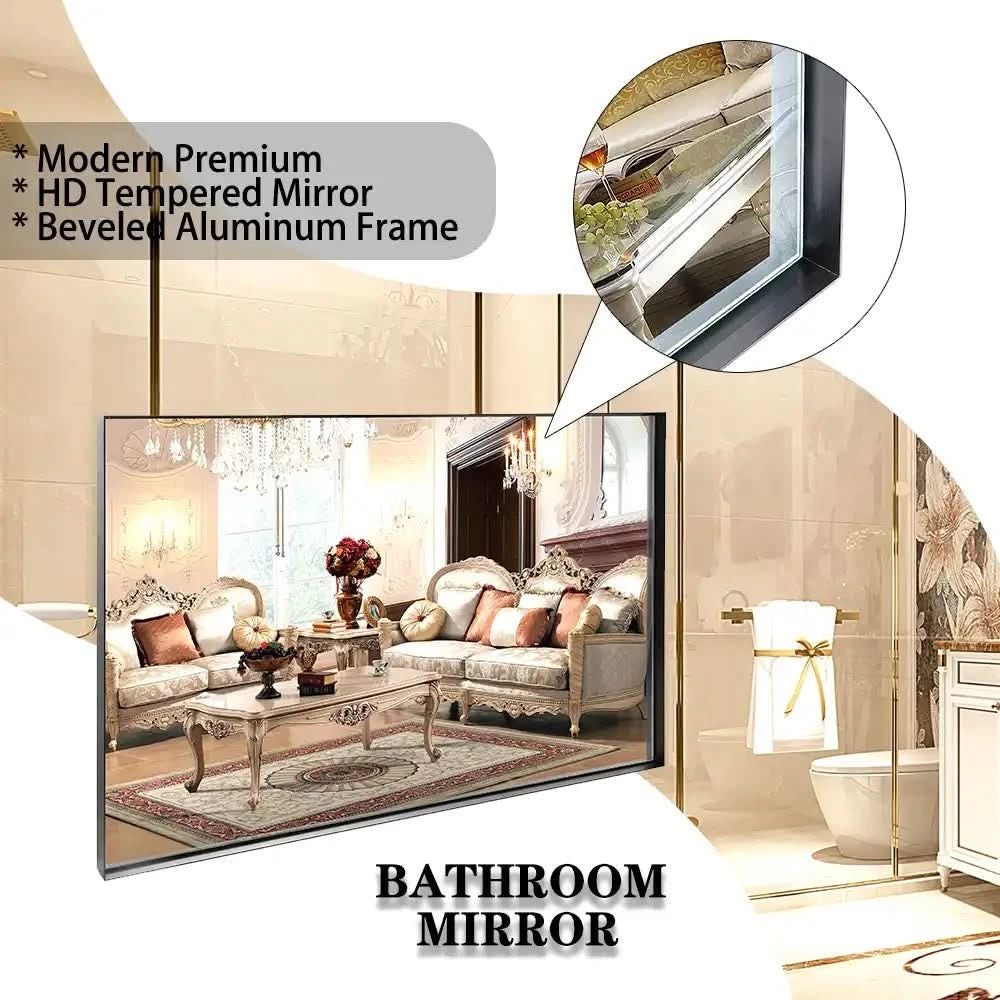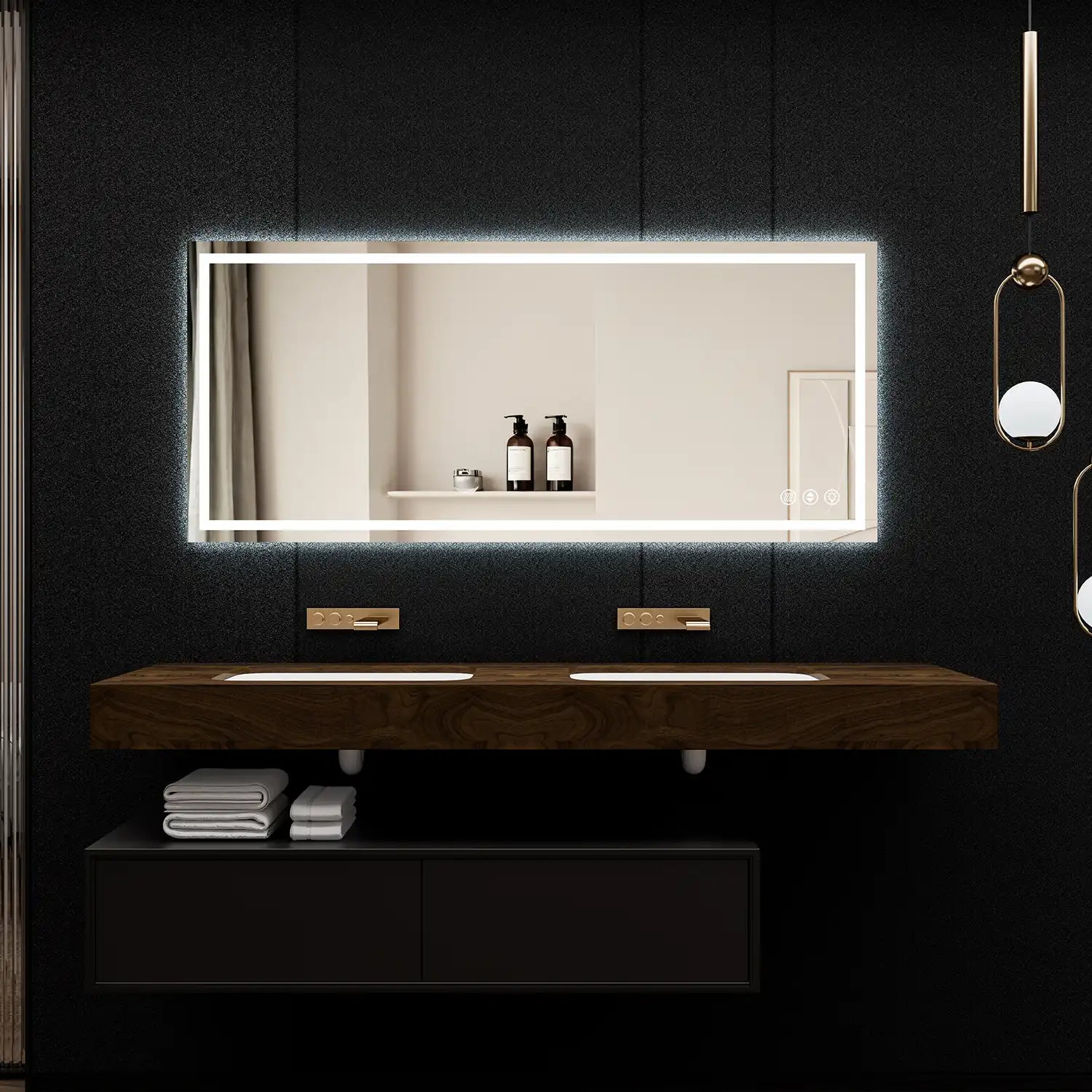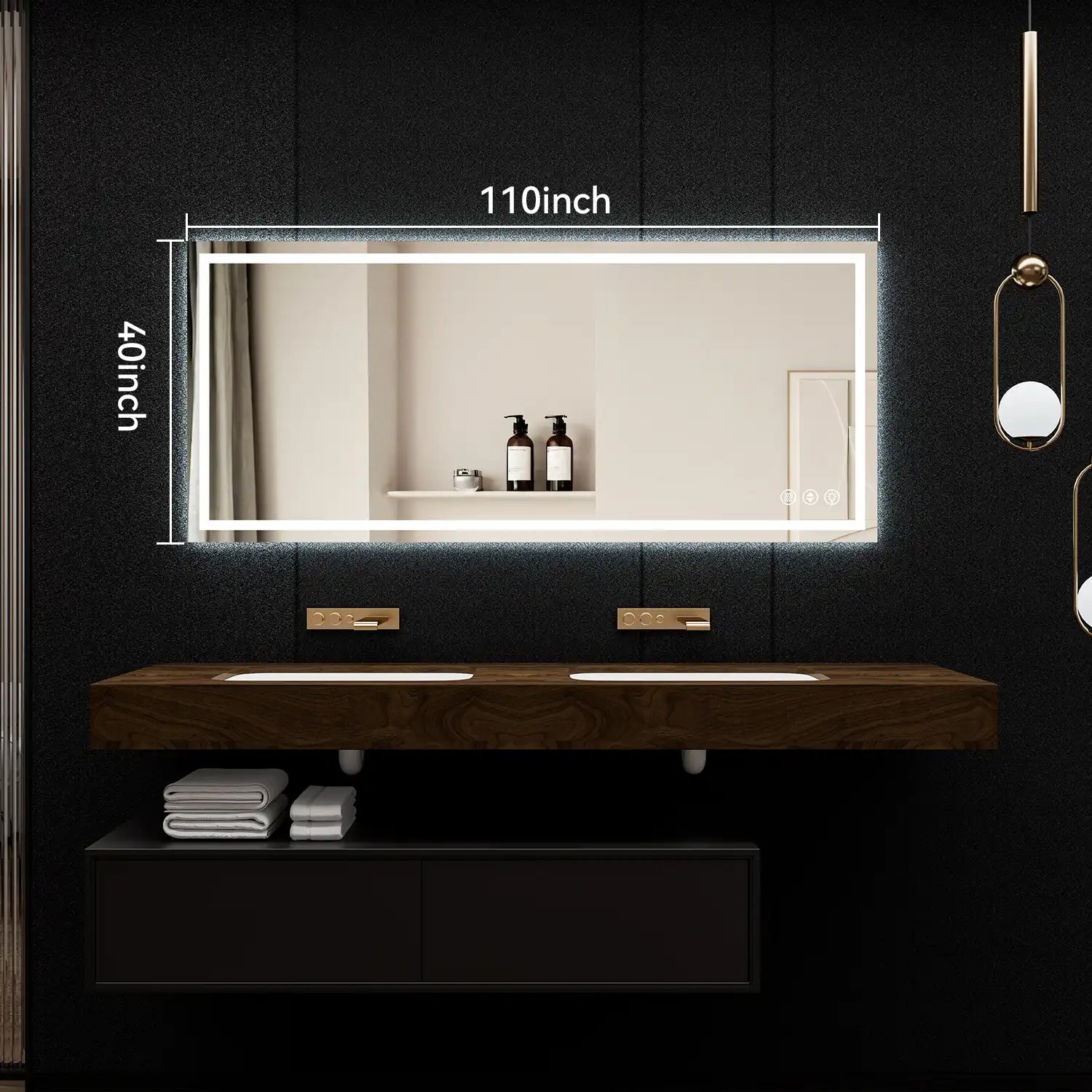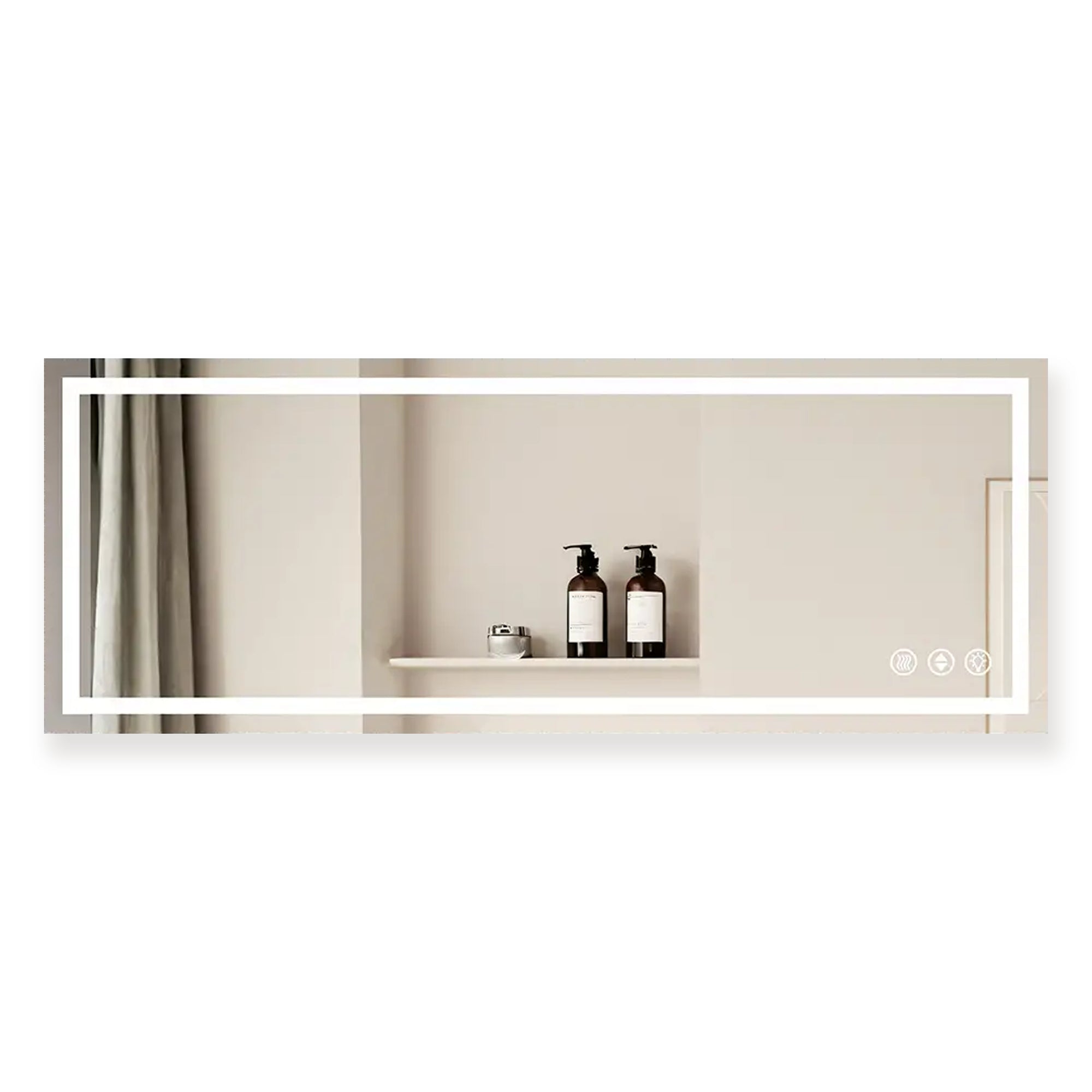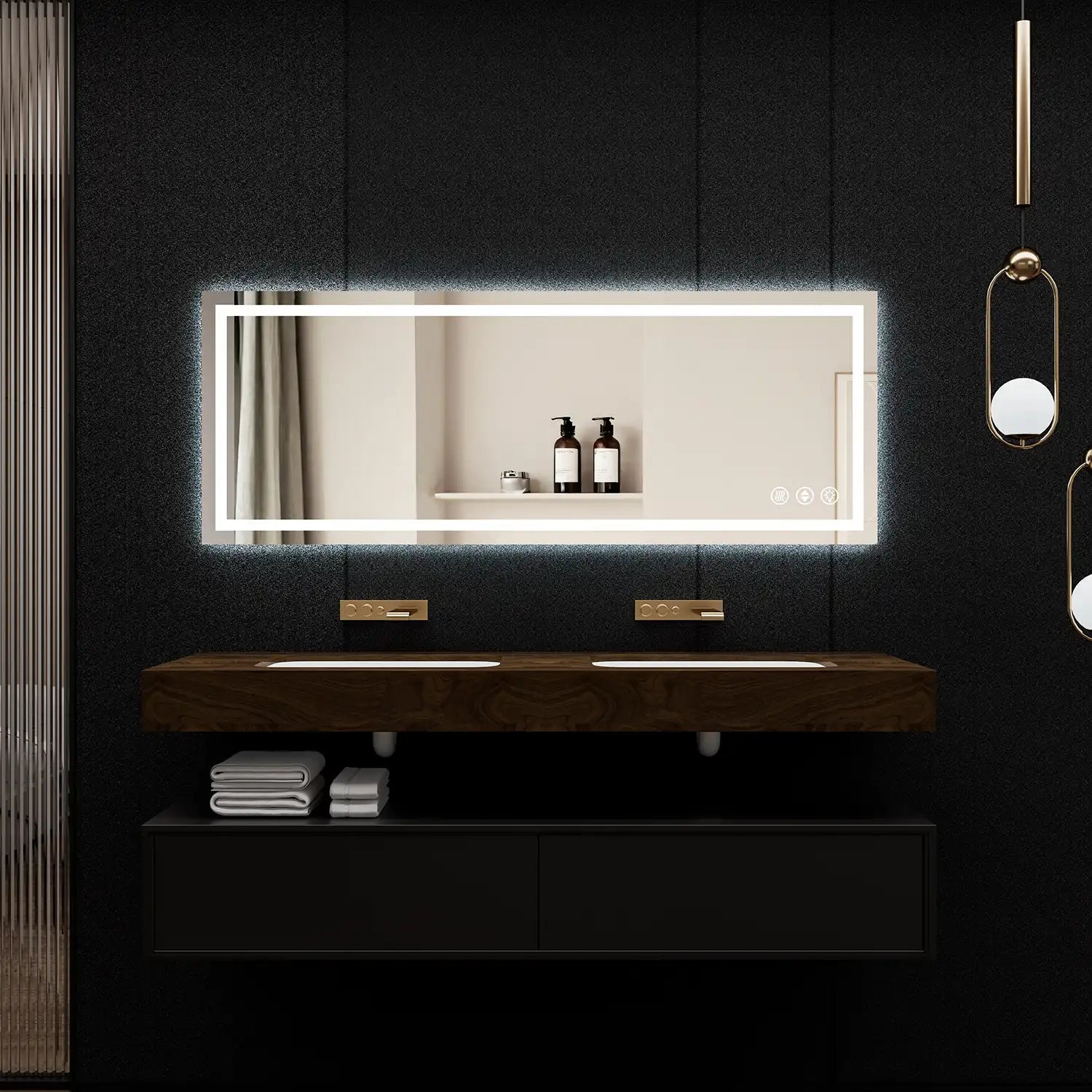In today’s rapidly evolving world of interior design and technology, LED bathroom mirrors have swiftly outpaced traditional mirrors to become a staple in modern bathrooms. This is not just due to their aesthetic appeal but also because of their significant improvements in functionality, energy efficiency, and overall quality of life. So, what exactly makes LED mirrors so superior to their traditional counterparts, and why should they be your next bathroom upgrade?
The Evolution of Bathroom Mirrors: From Function to Aesthetics

Early bathroom mirrors were purely functional, providing a basic reflective surface for daily grooming. As time passed, mirror designs became more sophisticated and varied to adapt to changing decor trends and personal preferences. However, it wasn’t until the introduction of LED technology that the function of mirrors was truly redefined.
The emergence of LED bathroom mirrors not only meets modern aesthetic demands but also offers innovative features like built-in lighting, making them a significant milestone in the fusion of lighting technology and interior design aesthetics.
Why LED Mirrors Outshine Traditional Mirrors

1. Superior Energy Efficiency
First and foremost, LED mirrors excel in energy efficiency compared to traditional mirrors. Traditional mirrors often require separate lighting fixtures, such as wall sconces or overhead lights, which can consume a substantial amount of energy. In contrast, LED mirrors come with integrated LED bulbs, which are recognized as one of the most energy-efficient lighting solutions available today.
According to the U.S. Department of Energy, LED bulbs consume only 20% of the energy that traditional incandescent bulbs use and have a lifespan that is 25 times longer【Source: U.S. Department of Energy】. This means that choosing an LED mirror not only reduces energy consumption but also significantly cuts down on the frequency of bulb replacements, leading to long-term cost savings.
Additionally, studies show that households using LED lighting can save an average of $100 annually on their electricity bills【Source: International Energy Agency】. These energy savings are particularly pronounced over the long term, making LED mirrors a more sustainable choice.
2. Enhanced Lighting Quality: Beyond Aesthetics
Lighting quality is another area where LED mirrors significantly outperform traditional ones. Traditional bathroom mirrors rely on external light sources, which often fail to provide even illumination, leading to shadow issues, especially when performing precise tasks like applying makeup or shaving.
In contrast, LED mirrors eliminate these problems by emitting light directly around the mirror, providing even, shadow-free illumination. This type of lighting is not only functionally superior but also enhances the aesthetic experience.
Scientific research indicates that evenly distributed light can significantly improve the display of skin color and texture, making daily grooming more accurate. Furthermore, many LED mirrors feature adjustable brightness and color temperature settings, allowing users to customize the lighting to suit different times of day and tasks.
For example, the American Lighting Association recommends a combination of ambient and task lighting for ideal bathroom illumination, which LED mirrors seamlessly deliver.
3. Sleek and Modern Design: The Fusion of Function and Aesthetics
In terms of design, LED mirrors have become a central element in contemporary bathroom design due to their sleek, modern appearance. While traditional mirrors come in various styles, they often require additional fixtures like light bars or sconces, which can clutter the space and detract from the overall aesthetic.
LED mirrors, on the other hand, integrate lighting seamlessly into the mirror itself, creating a clean and refined aesthetic. This design not only reduces unnecessary elements but also enhances the overall visual appeal of the bathroom, making it more modern.
Additionally, as technology advances, many LED mirrors now come equipped with sophisticated features such as anti-fog technology, built-in clocks, and Bluetooth speakers, transforming them from mere mirrors into lifestyle upgrades. According to research from Interior Design Magazine, mirrors with these additional features are increasingly becoming standard in high-end bathroom renovations.
4. Long-Term Cost Savings: Maximizing ROI
While the initial cost of an LED bathroom mirror is generally higher than that of a traditional mirror, the long-term savings are substantial. LED bulbs have a much longer lifespan than traditional bulbs, often lasting for tens of thousands of hours, meaning fewer replacements and lower maintenance costs.
Furthermore, given the durability and reliability of LED mirrors, the likelihood of needing repairs or replacements is significantly reduced. These long-term cost savings are not only reflected in lower electricity bills but also in the reduced total cost of ownership, making LED mirrors a more economical choice.
According to an analysis by Consumer Reports, using LED mirrors can save an average household hundreds of dollars over the mirror’s lifespan. This makes LED mirrors not just a decorative item but a long-term investment.
5. Environmental Impact: Contributing to Sustainability
With growing global awareness of environmental issues, choosing more eco-friendly home products has become a priority for many consumers. LED mirrors excel in this regard as well. LED bulbs consume less energy and generate less heat, thereby reducing carbon footprints.
Moreover, because LED bulbs have a longer lifespan, less waste is generated from frequent replacements. For eco-conscious households, choosing LED mirrors not only helps reduce energy consumption but also minimizes environmental impact, aligning with sustainable living practices.
According to the Environmental Protection Agency, widespread adoption of LED bulbs could reduce carbon dioxide emissions by millions of tons annually. Therefore, choosing LED mirrors benefits not only your home but also the planet.
Potential Drawbacks of LED Mirrors: Balancing the Pros and Cons
While LED bathroom mirrors have many advantages, it’s essential to consider potential drawbacks to ensure they’re the right fit for your needs.
1. Higher Initial Cost
One of the main disadvantages of LED mirrors is their higher initial cost. Compared to traditional mirrors, LED mirrors typically come with a steeper price tag. However, as discussed earlier, the long-term savings on energy bills and maintenance can offset this initial investment.
2. Installation Complexity
Installing an LED mirror can be more complex than hanging a traditional mirror, particularly if it requires electrical wiring. This may necessitate hiring a professional electrician, adding to the overall cost. However, with the increasing availability of plug-and-play LED mirrors, this issue is being mitigated.
3. Dependency on Electricity
Because LED mirrors rely on electricity to function, they won’t provide lighting during a power outage. This can be an issue in areas with unstable power supplies. However, this dependency also applies to any electrically powered lighting solution.
Traditional Mirrors: Are They Still Relevant?
Despite the numerous advantages of LED mirrors, traditional bathroom mirrors are not entirely obsolete. In fact, in some cases, traditional mirrors still hold an irreplaceable place.
1. Aesthetic Preference
For those who are passionate about classic designs or vintage styles, traditional mirrors may better suit their aesthetic standards. Especially in vintage or traditionally styled bathrooms, traditional mirrors often integrate better with the overall decor, providing a consistent aesthetic experience.
2. Affordable Option
Traditional mirrors are generally less expensive than LED mirrors, making them a practical choice for consumers on a budget or those who simply need a basic mirror. Additionally, traditional mirrors typically do not require complex installation, making them more convenient for DIY enthusiasts.
The Future is LED
While traditional mirrors still have their place, the future clearly belongs to LED bathroom mirrors. Their energy efficiency, superior lighting quality, modern design, and long-term cost savings make them the smart choice for today’s homeowners. As technology continues to advance, we can expect LED mirrors to become even more sophisticated, potentially featuring smart home integration, voice control, and advanced customization options.
How to Choose the Right LED Bathroom Mirror
If you’ve decided to make the switch to an LED mirror, here are some tips to help you choose the right one:
1. Size and Placement
Consider the size of your bathroom and where the mirror will be installed. A larger mirror works well in spacious bathrooms, while a smaller mirror may be better suited for compact spaces. Placement is also key—ensure the mirror is positioned at a comfortable height and angle for everyday use.
2. Lighting Features
Look for mirrors with adjustable lighting features. The ability to change brightness and color temperature is crucial for adapting to different times of the day and tasks. Some mirrors even offer preset lighting modes for specific activities like makeup application or shaving.
3. Additional Features
Consider what additional features are important to you. Anti-fog technology is essential in humid environments, while built-in clocks or Bluetooth speakers can add convenience and functionality to your morning routine. Brands like ACE DECOR, Kohler, and Philips offer a variety of LED mirrors with these advanced features.
4. Budget
While LED mirrors are an investment, options are available at different price points. Determine your budget ahead of time, and look for a mirror that offers the best balance of quality and features within that range.
Conclusion
In the debate between LED and traditional bathroom mirrors, LED mirrors emerge as the clear winner. Their energy efficiency, superior lighting quality, modern design, and long-term cost savings make them the smart choice for today’s homeowners. Whether you’re renovating your entire bathroom or simply updating your mirror, investing in an LED mirror from reputable brands like ACE DECOR, Kohler, or Philips is a decision that will enhance your space for years to come.
FAQ
-
Are LED bathroom mirrors expensive to run?
No, LED mirrors are highly energy-efficient, using significantly less electricity than traditional lighting. This results in lower energy bills. -
Can I install an LED mirror myself?
Yes, many LED mirrors are designed for easy installation, though some may require professional help for wiring. -
How long do LED mirrors last?
LED mirrors typically last for tens of thousands of hours, meaning they can function for many years before needing replacement. -
Do LED mirrors work in all bathroom styles?
Yes, LED mirrors come in various designs, from ultra-modern to more traditional styles, ensuring they complement any bathroom decor. -
Are there any downsides to LED mirrors?
The main downsides are the initial cost and potential installation complexity, but these are offset by long-term savings and benefits.

